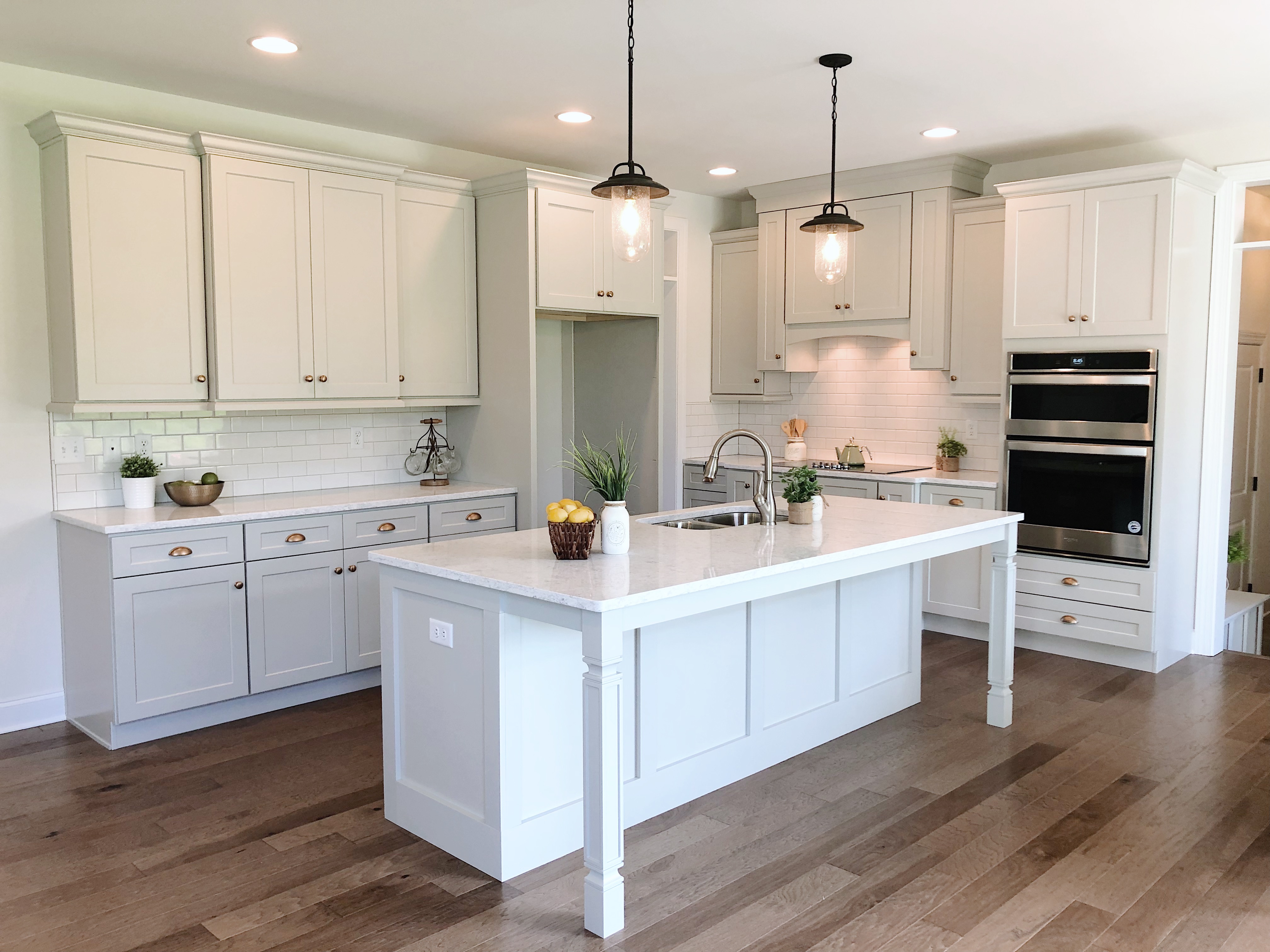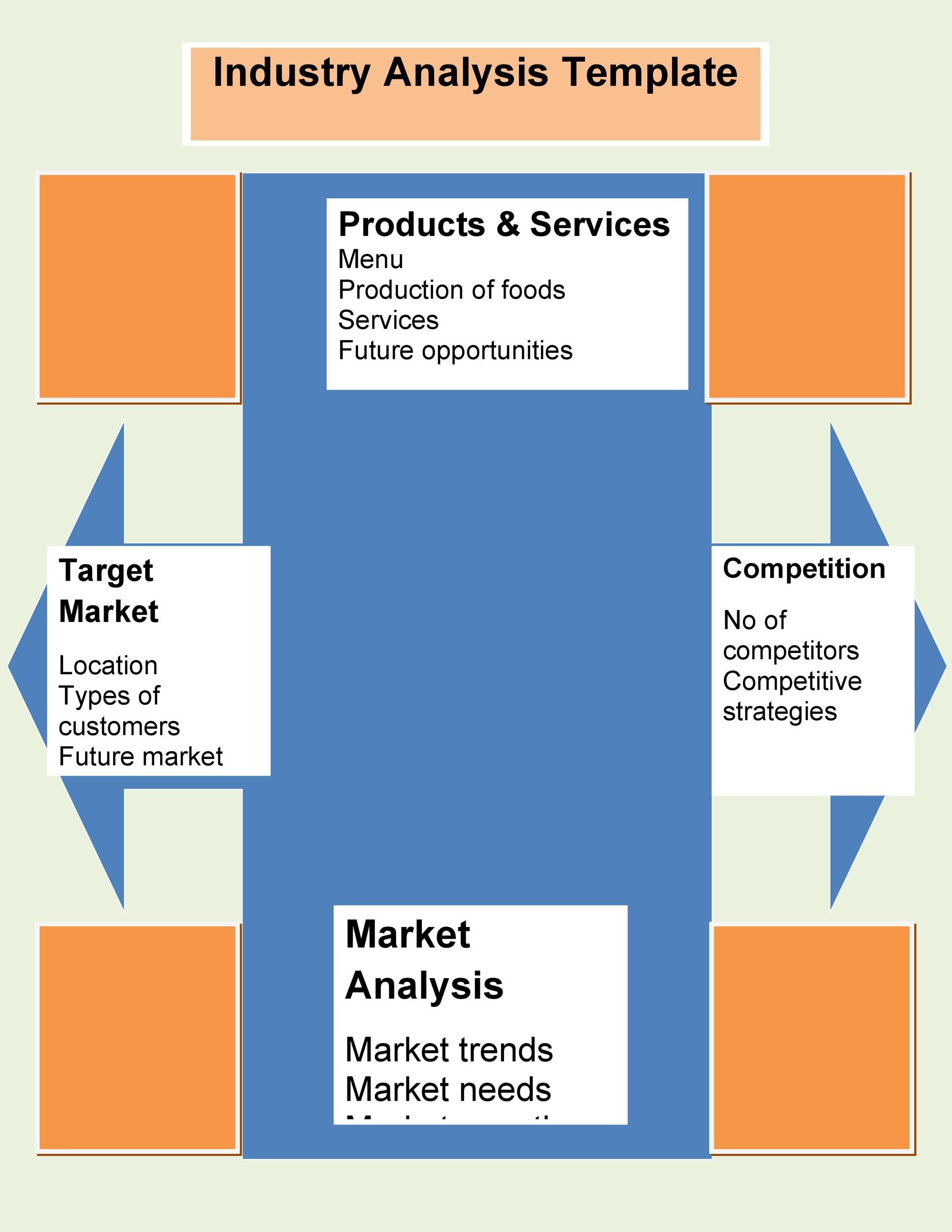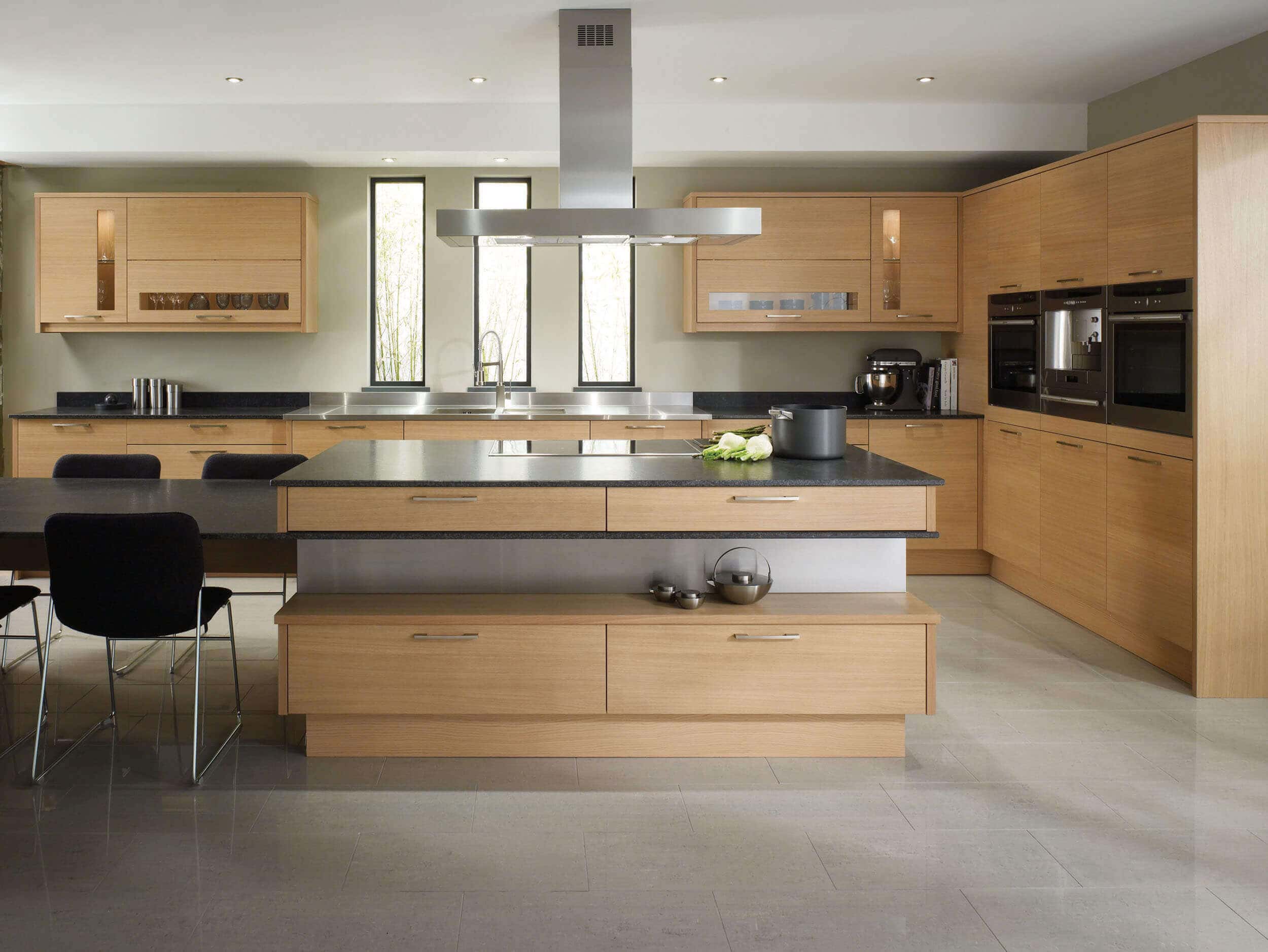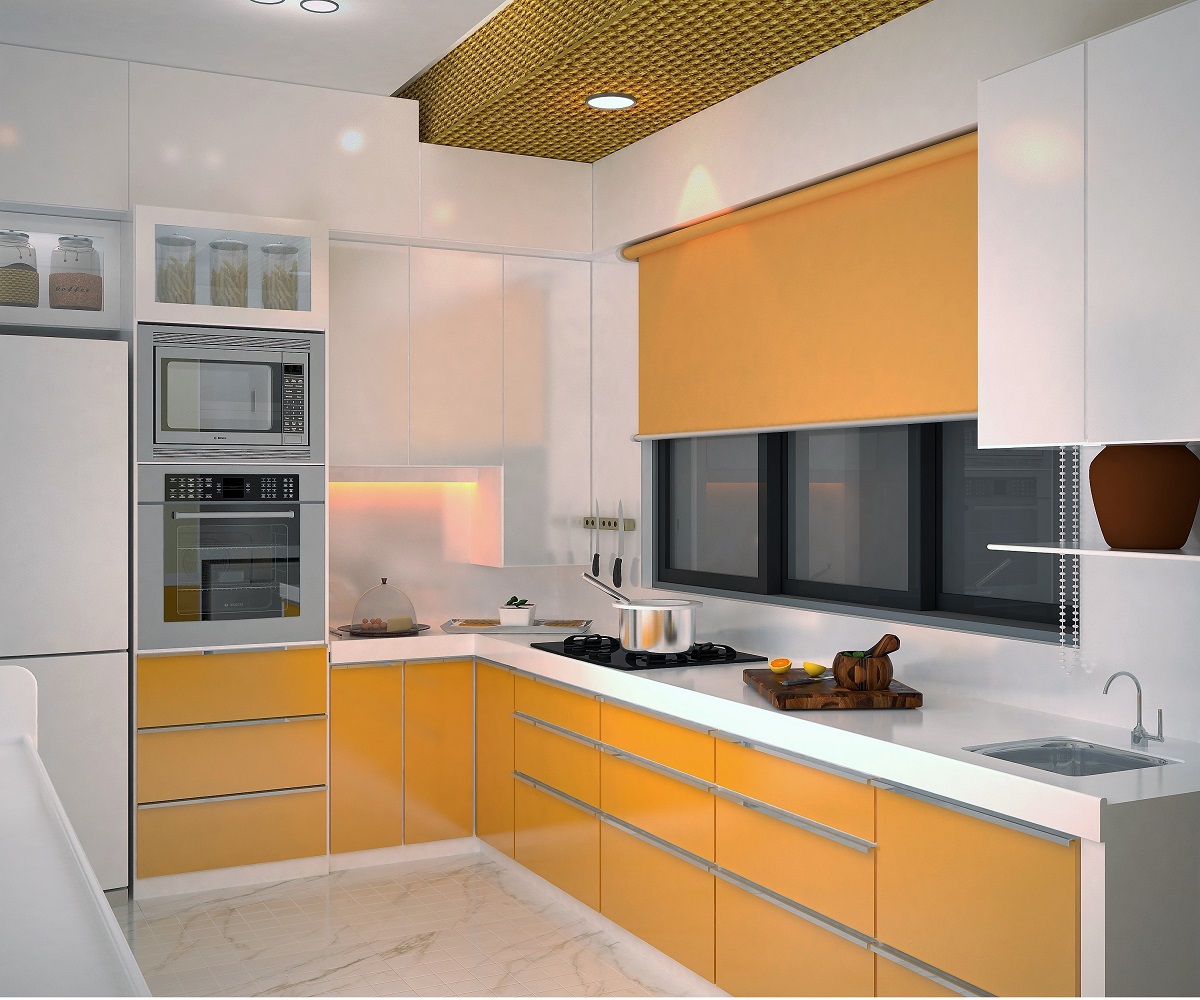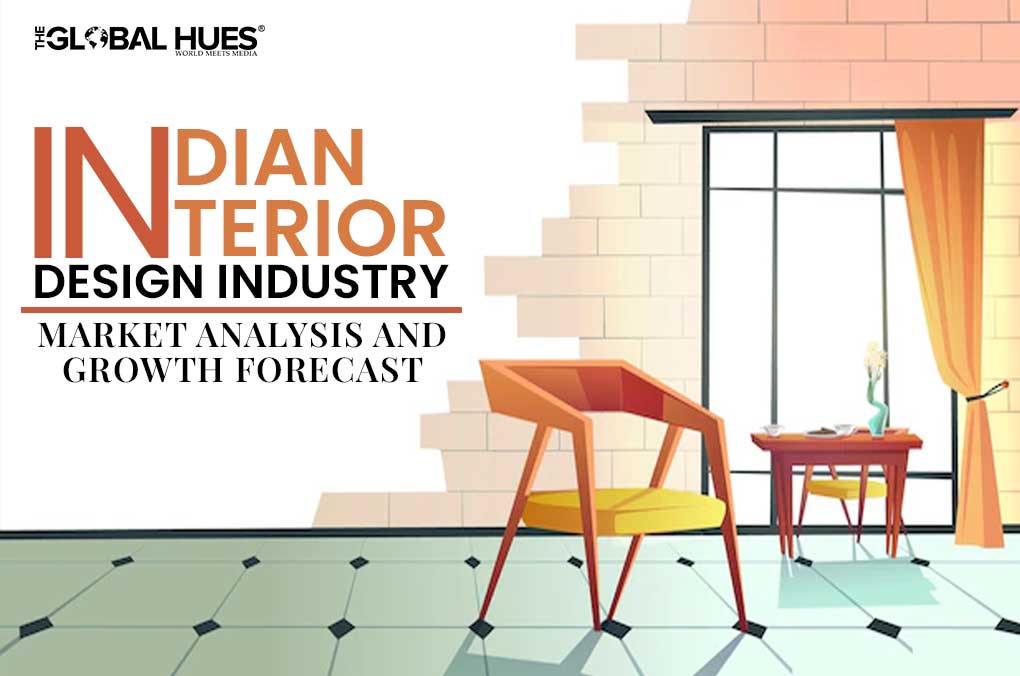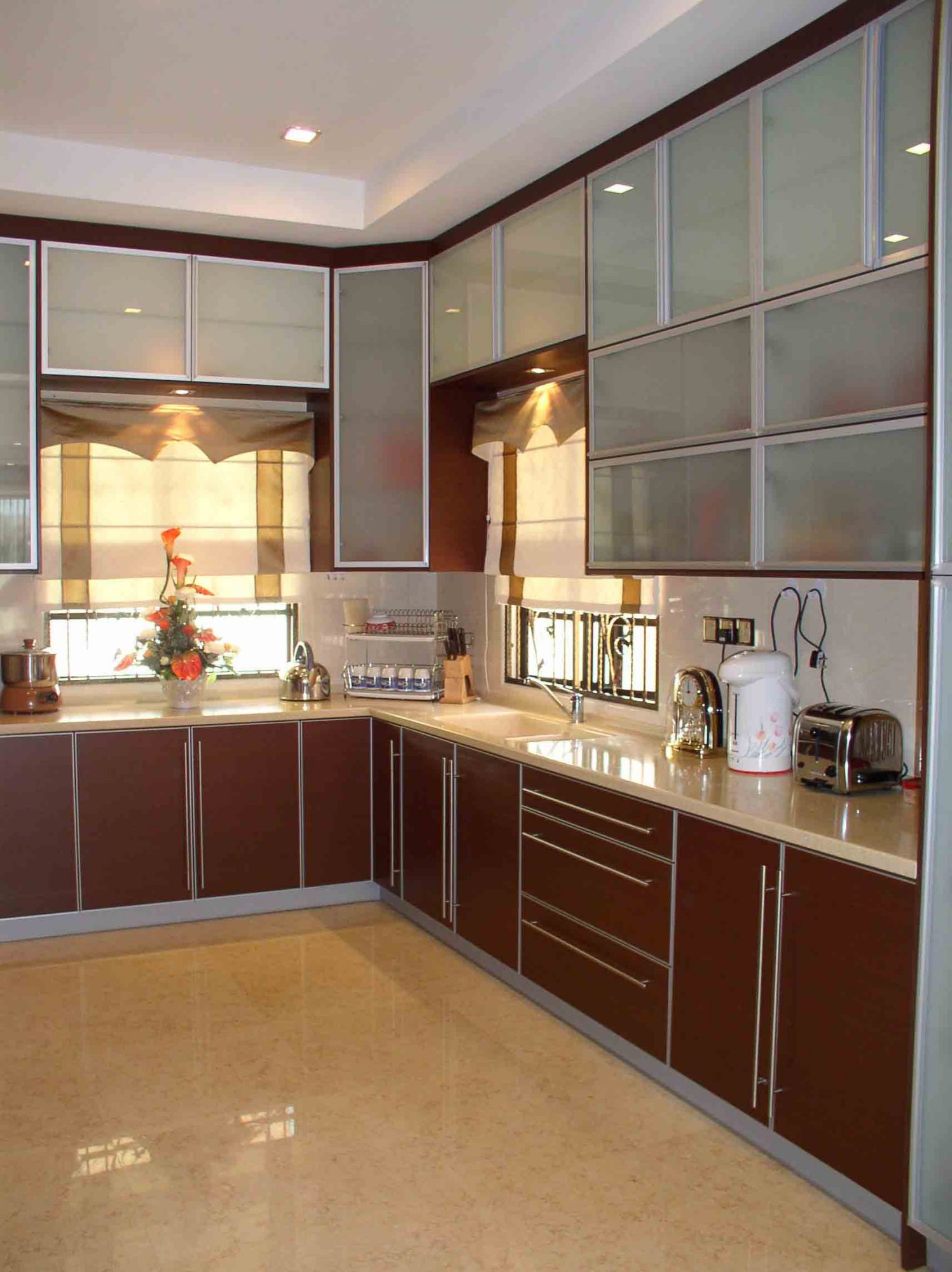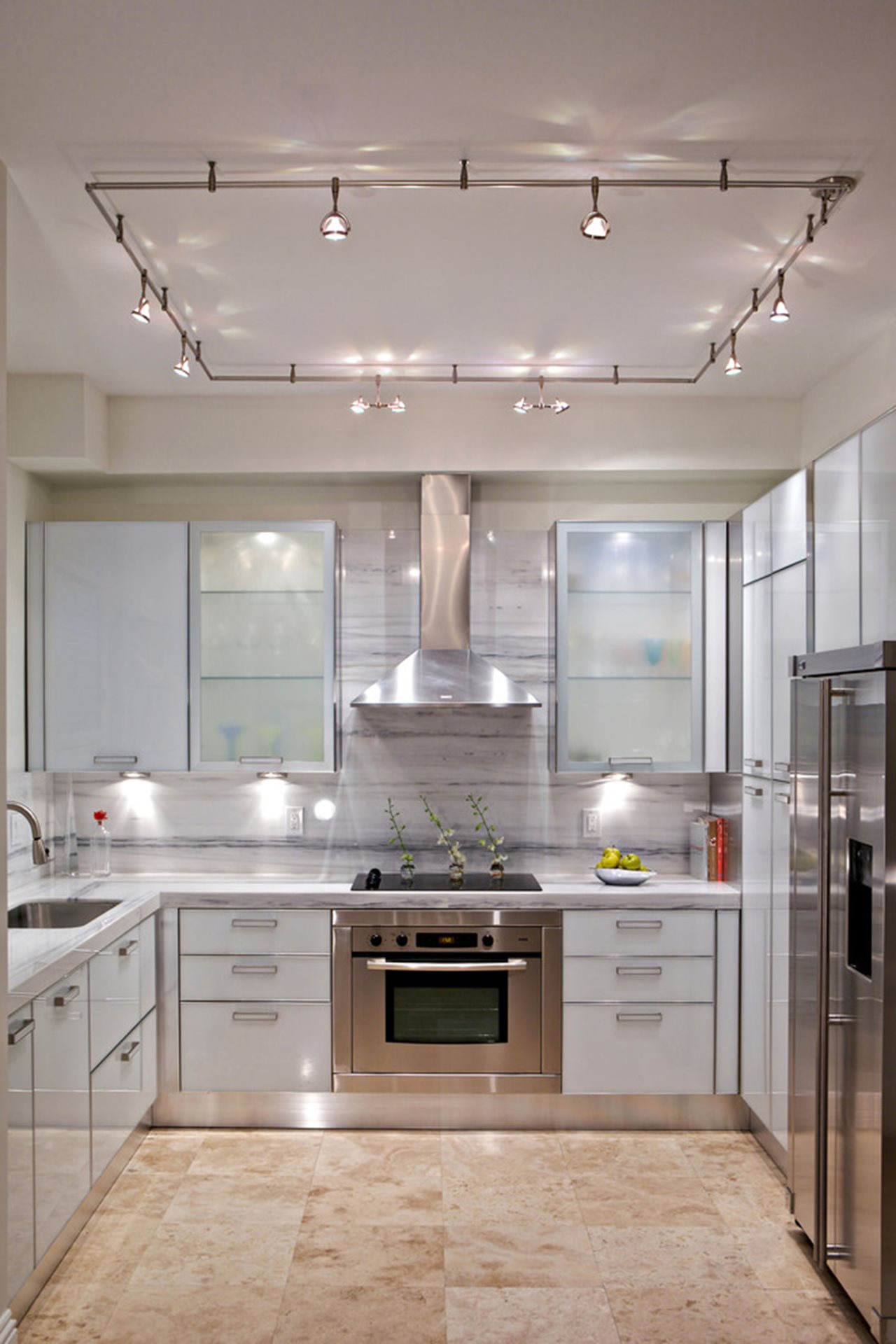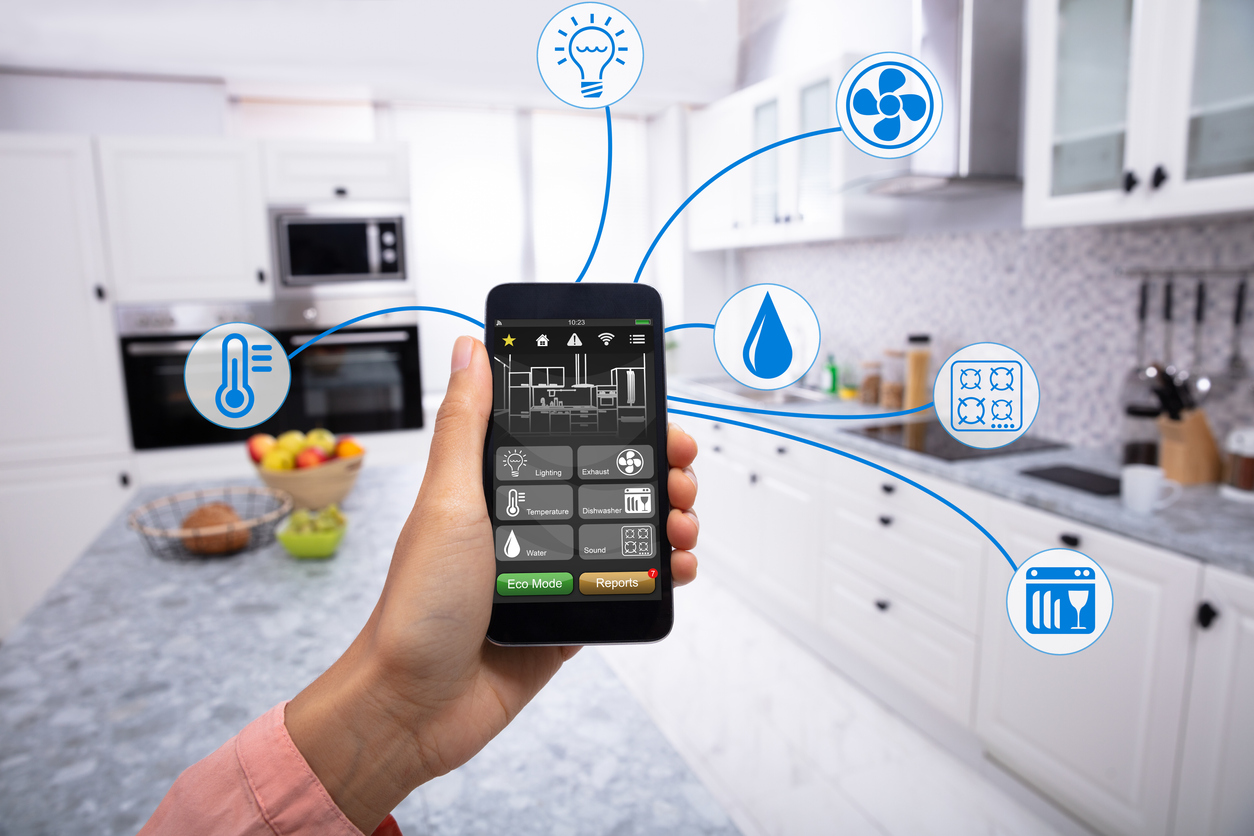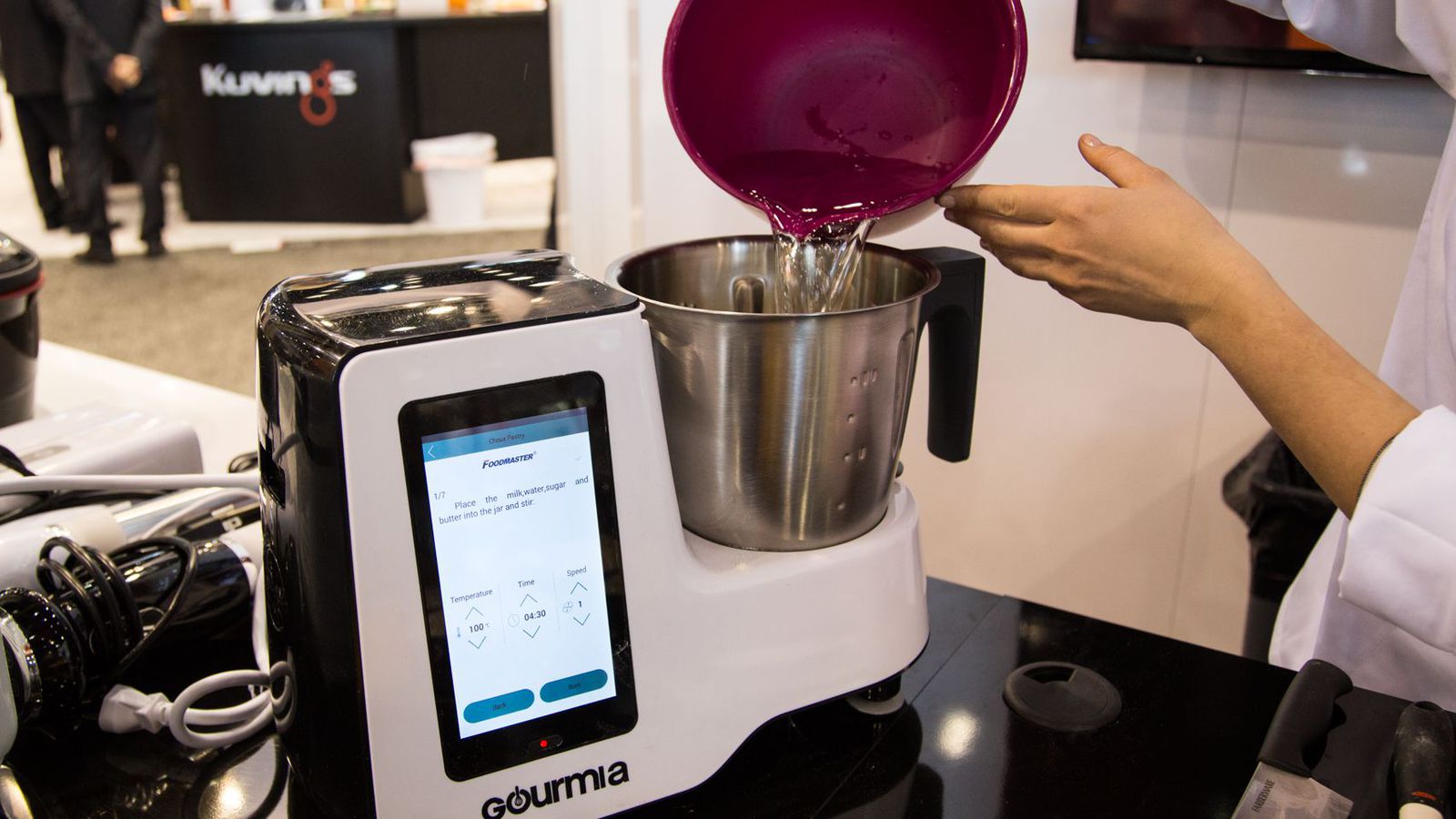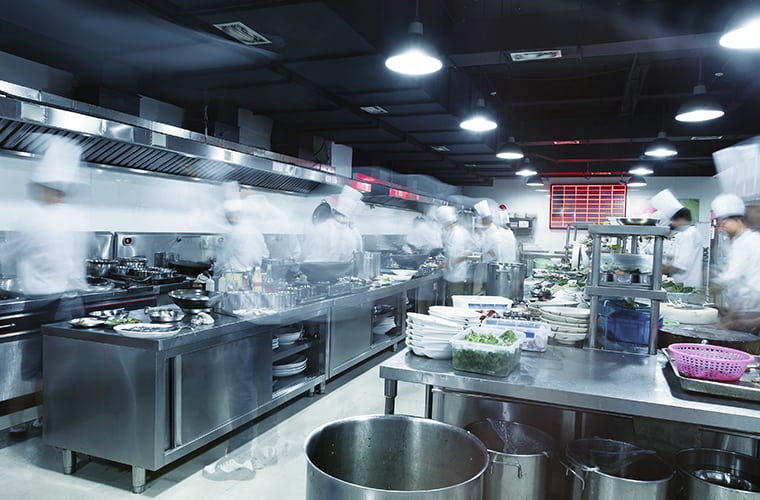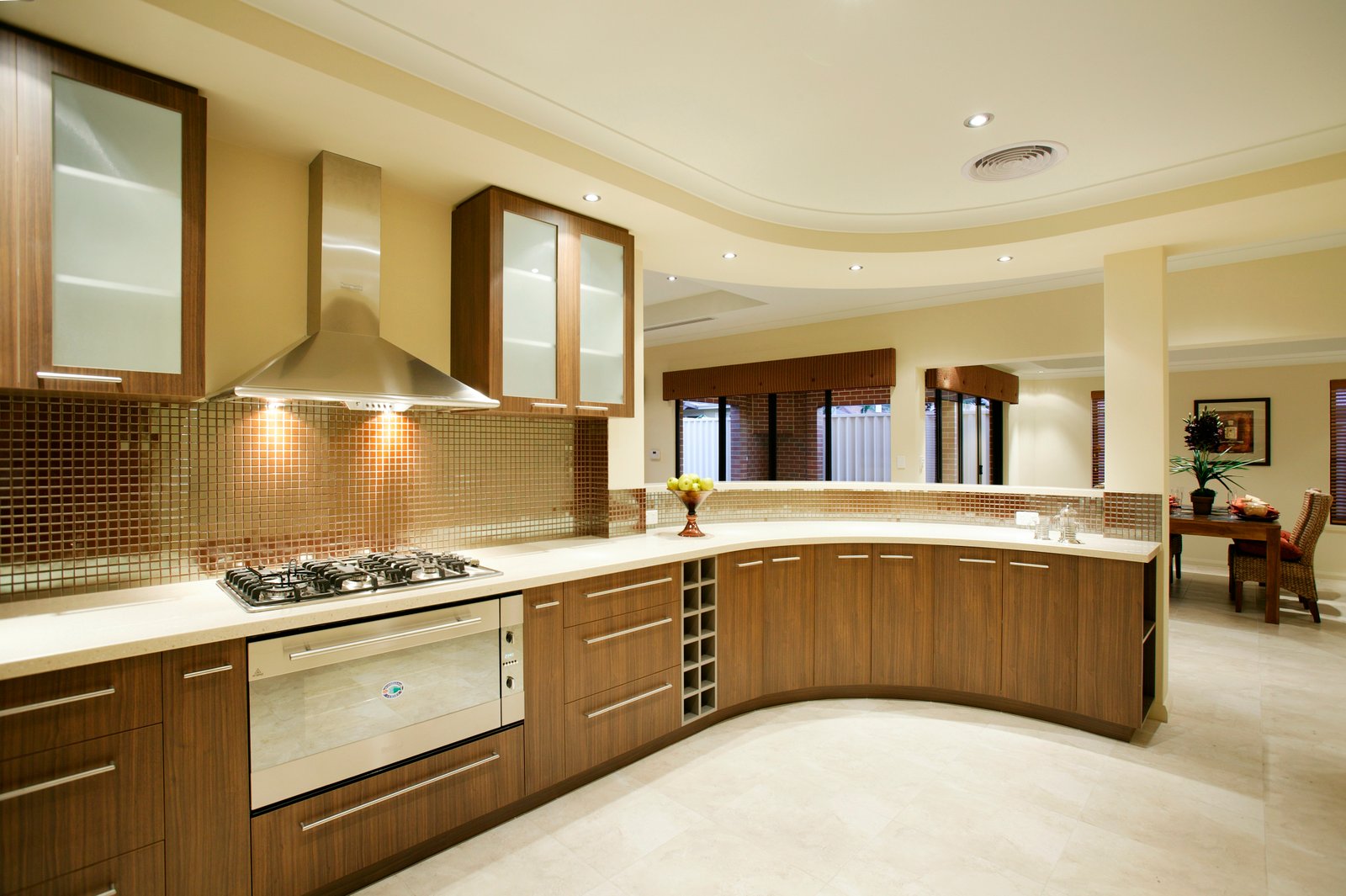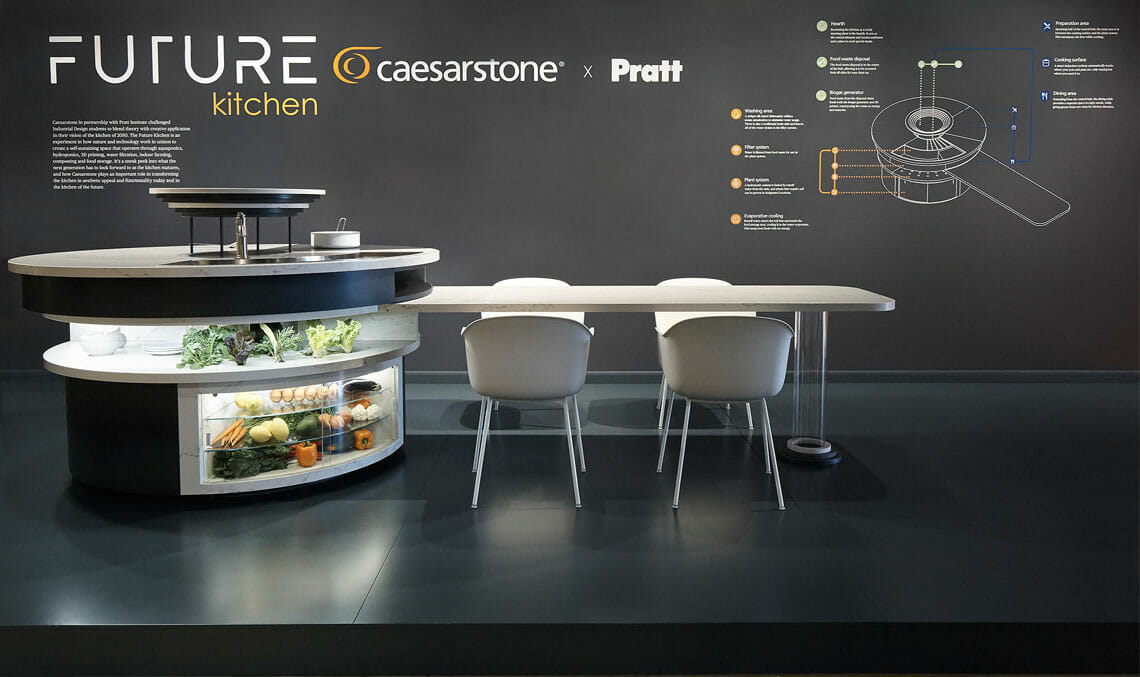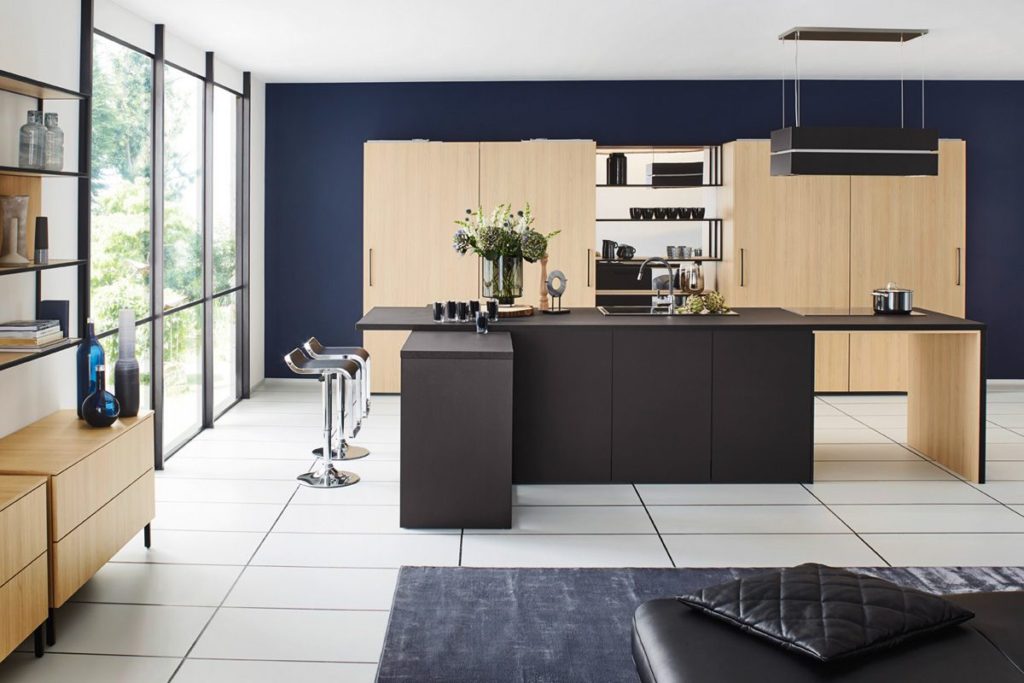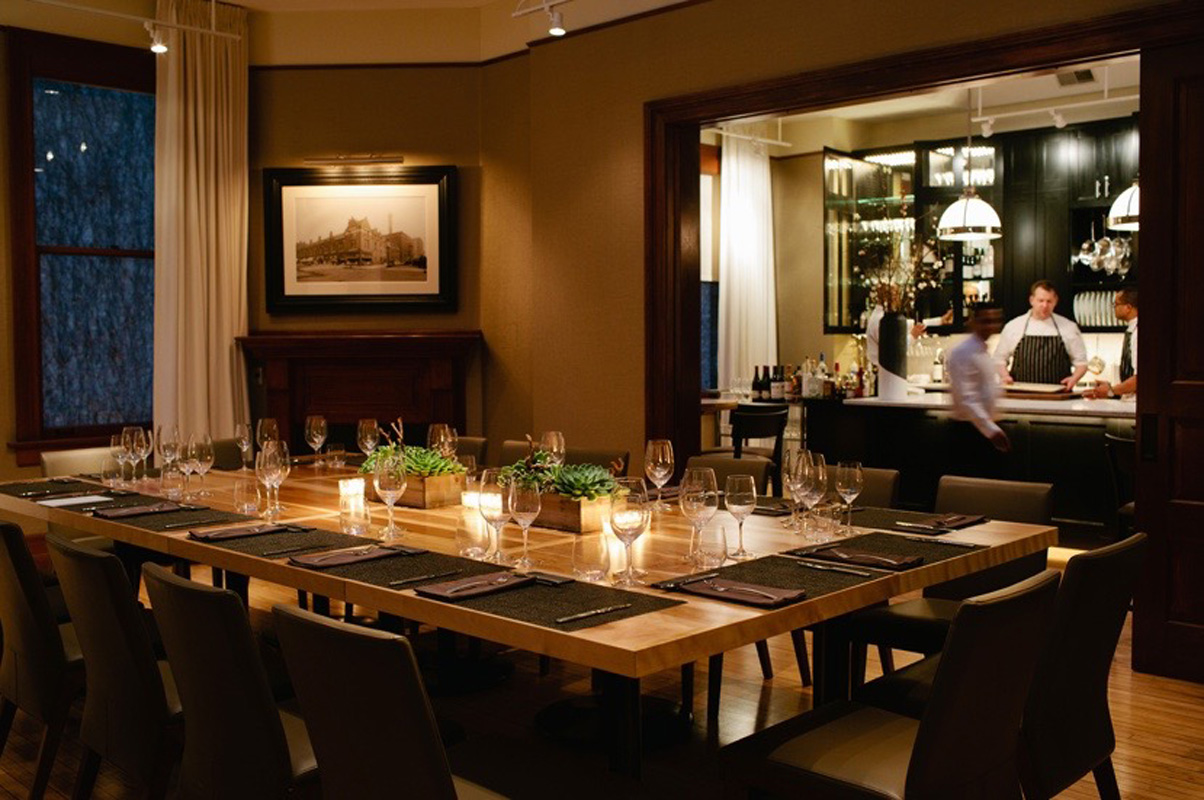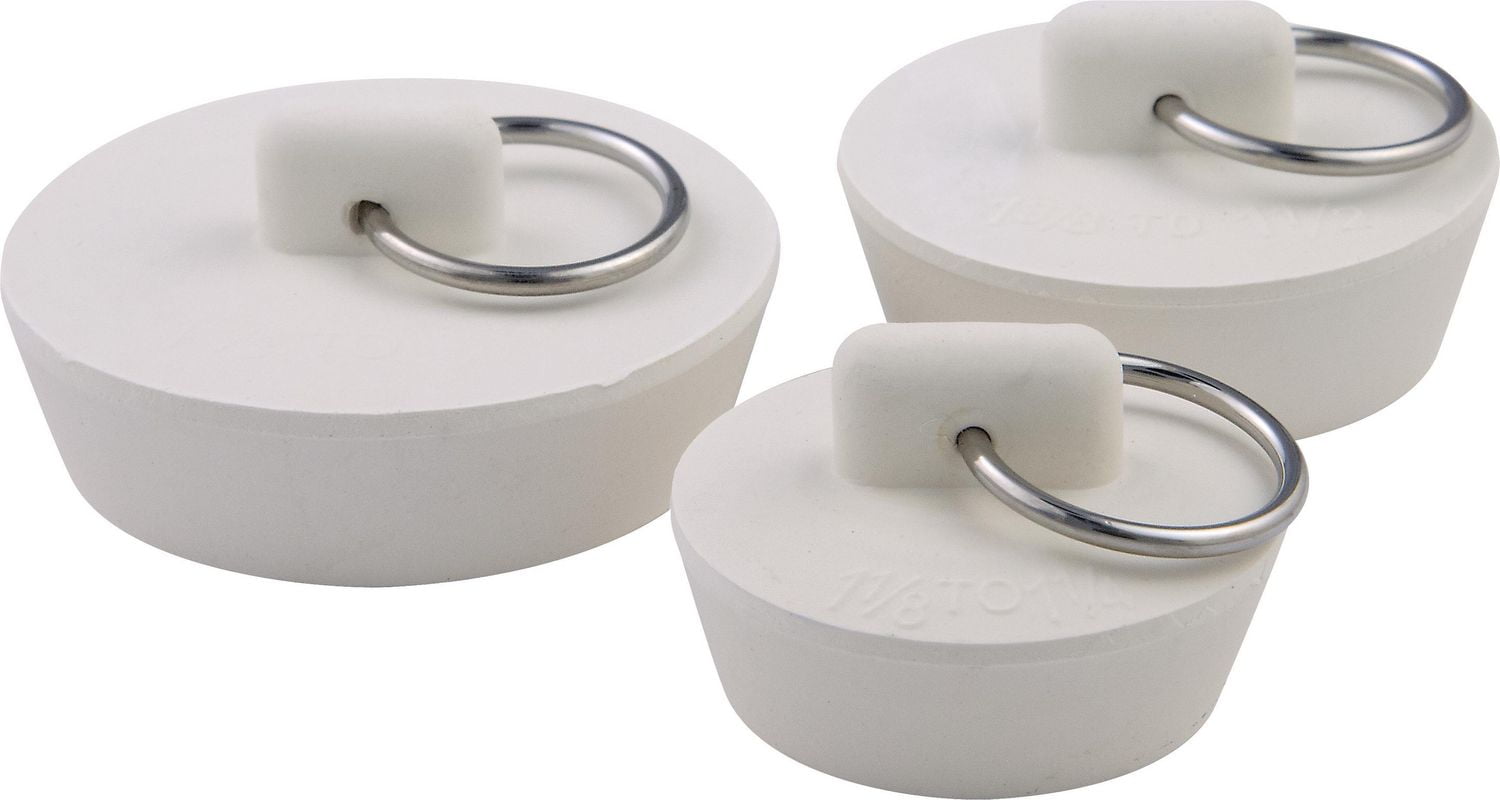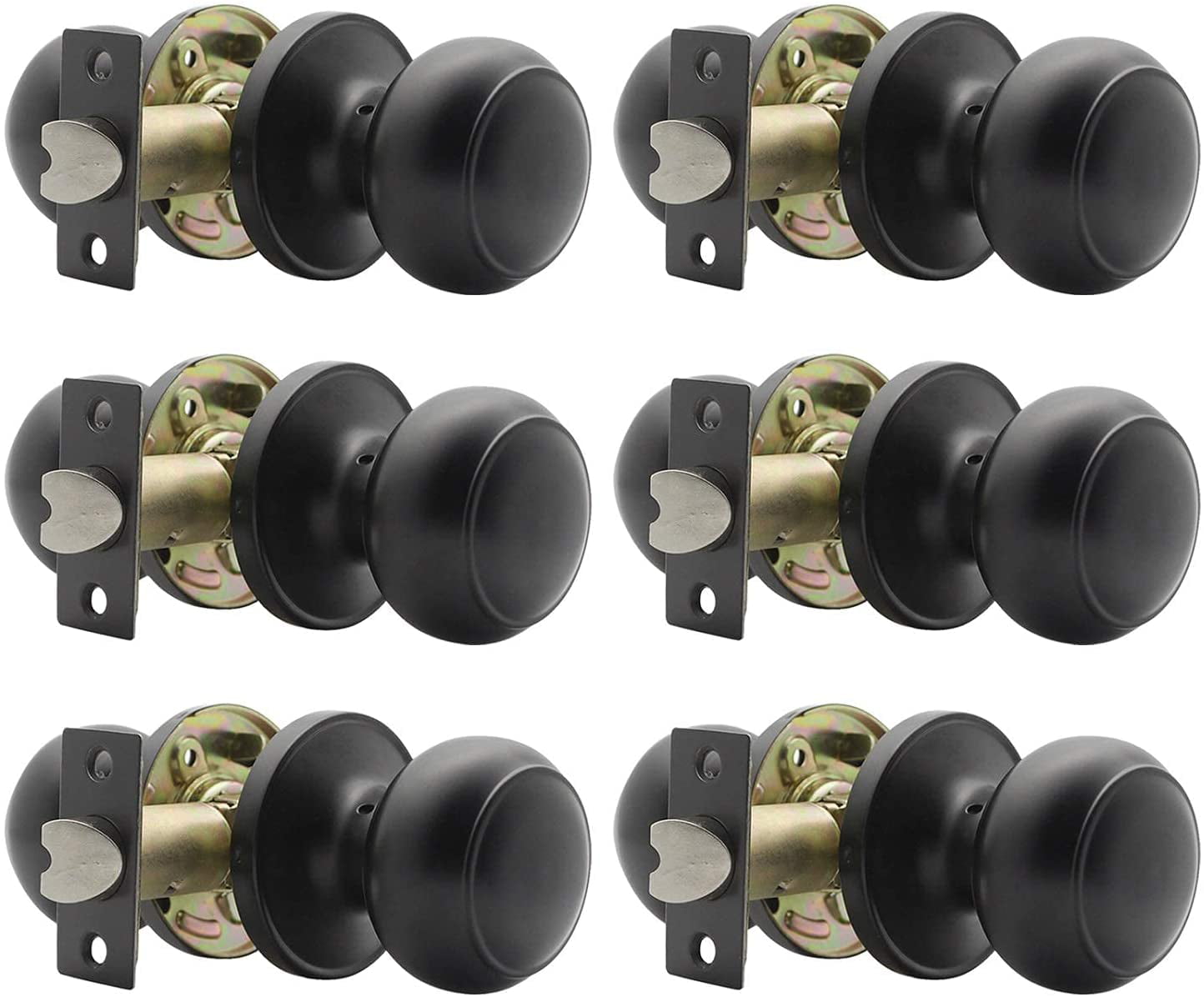If you're in the process of designing your dream kitchen, it's important to stay up to date on the latest trends and industry statistics. With constantly evolving technology and changing consumer preferences, the kitchen design industry is always in motion. By keeping a pulse on the industry, you can ensure that your kitchen design is both stylish and functional. Kitchen design trends are constantly evolving, but there are a few key themes that have emerged in recent years. One of the biggest trends is the move towards a more open and airy kitchen design. This means incorporating more natural light, using lighter colors and materials, and creating a seamless flow between the kitchen and other living spaces. Another major trend is the integration of technology into kitchen design. From smart appliances to voice-controlled assistants, technology is making our kitchens more efficient and convenient than ever before. This trend is expected to continue to grow in the coming years. Industry statistics also show a rise in the popularity of sustainable and eco-friendly kitchen design. With a focus on reducing waste and using environmentally friendly materials, many homeowners are opting for green kitchen designs. This trend is driven by both consumer demand and government regulations.1. Kitchen Design Trends and Industry Statistics
The kitchen design industry is currently experiencing steady growth, with a global market value of over $12 billion. This growth is expected to continue in the coming years, driven by a variety of factors such as the increasing demand for new homes and renovations, as well as the popularity of open-concept living spaces. One of the major challenges facing the industry is the rising cost of materials. With the demand for high-end finishes and appliances, the cost of kitchen design can quickly add up. This has led to a rise in budget-friendly kitchen design options, as well as an increase in DIY kitchen projects. Another factor affecting the industry is the shortage of skilled labor. With the rise in demand for kitchen designers and contractors, there is a shortage of qualified professionals to meet the needs of the market. This has led to longer wait times for projects to be completed and higher labor costs.2. The State of the Kitchen Design Industry
According to recent industry statistics, the average cost of a major kitchen remodel is around $68,000. This includes new appliances, cabinets, countertops, and flooring. However, the cost can vary greatly depending on the size of the kitchen, the materials used, and the complexity of the design. In terms of design styles, modern and contemporary kitchens are currently the most popular, with over half of homeowners choosing these styles for their kitchen remodels. Traditional and farmhouse styles are also popular choices, while industrial and rustic designs are gaining in popularity. When it comes to materials, quartz and granite remain the top choices for countertops, while stainless steel continues to be the most popular material for appliances. In terms of cabinetry, white and gray are the most popular colors, followed by wood tones and black.3. Key Statistics for the Kitchen Design Industry
One of the biggest insights in the kitchen design industry is the increasing demand for multifunctional spaces. As more people work from home and spend more time in their kitchens, there is a growing need for spaces that can serve multiple purposes. This has led to the rise of open-concept kitchen designs that blend seamlessly with living and dining areas. Another insight is the growing importance of sustainability in kitchen design. Consumers are becoming more conscious of their impact on the environment and are looking for ways to incorporate eco-friendly materials and practices into their homes. This has led to the rise of sustainable kitchen design options such as using recycled materials and energy-efficient appliances. Lastly, the industry is seeing a shift towards personalized and unique kitchen designs. With the rise of social media and home renovation shows, homeowners are seeking to create one-of-a-kind spaces that reflect their personal style and needs. This has led to an increase in custom kitchen design options and a move away from cookie-cutter designs.4. Industry Insights: Kitchen Design
The kitchen design market is expected to continue its steady growth in the coming years, with a projected market value of over $20 billion by 2025. This growth is driven by the increasing demand for new homes and renovations, as well as the constant evolution and innovation in the industry. One of the major drivers of market growth is the rise of the luxury kitchen segment. With an increasing number of affluent homeowners, there is a demand for high-end kitchen designs featuring top-of-the-line appliances, custom cabinetry, and luxurious finishes. This segment is expected to continue to grow in the coming years. The market is also seeing a rise in demand for smaller kitchen designs as more people move into urban areas and opt for smaller living spaces. This has led to a focus on maximizing space and incorporating clever storage solutions in kitchen design.5. Kitchen Design Market Size and Growth
As with any industry, kitchen design is constantly evolving and adapting to new trends and technologies. Some of the latest trends include incorporating natural elements such as wood and stone into kitchen designs, as well as the use of bold colors and patterns to add personality and interest. Another emerging trend is the use of mixed metals in kitchen design. Instead of sticking to one metal throughout the space, designers are mixing and matching metals such as gold, silver, and copper to add visual interest and create a unique look. One trend that is expected to continue to grow is the integration of technology into kitchen design. From touchless faucets to smart appliances, technology is making our kitchens more efficient and convenient. This trend is expected to continue to expand as new technologies are developed.6. The Latest Trends in Kitchen Design
Industry analysts predict that the kitchen design industry will continue to experience steady growth in the coming years. This growth is driven by factors such as the rising demand for new homes and renovations, as well as the increasing focus on technology and sustainability in kitchen design. One of the key factors that will influence the industry in the coming years is the impact of COVID-19. The pandemic has forced many people to spend more time in their homes and has highlighted the importance of functional and comfortable living spaces. This is expected to drive the demand for kitchen remodels and renovations in the coming years. Another factor to consider is the rise of online kitchen design services. With the increasing popularity of virtual consultations and online shopping, many homeowners are turning to digital platforms to design their dream kitchens. This trend is expected to continue to grow as technology advances and more options become available.7. Kitchen Design Industry Analysis and Forecast
Technology has had a significant impact on the kitchen design industry, from the design process to the finished product. With the rise of 3D rendering software, designers are able to create realistic and detailed visualizations of their designs, allowing clients to see exactly what their kitchen will look like before it's built. Technology has also led to the rise of smart kitchens, where appliances and systems are interconnected and controlled by a central device such as a smartphone or voice assistant. This allows for greater convenience and efficiency in the kitchen, as well as the ability to monitor and control energy usage. Another impact of technology is the availability of eco-friendly options in kitchen design. From energy-efficient appliances to sustainable materials, technology has enabled the industry to offer more environmentally friendly options to consumers.8. The Impact of Technology on Kitchen Design
Consumer preferences in kitchen design are constantly evolving, driven by a variety of factors such as lifestyle changes, technological advancements, and social trends. One of the biggest preferences among homeowners is for functional and efficient kitchen design. This means incorporating features such as ample storage, easy-to-clean surfaces, and smart appliances that make day-to-day tasks easier. Another preference is for open and connected living spaces. As more people work from home and spend more time in their kitchens, there is a demand for spaces that are not only functional but also inviting and conducive to socializing and entertaining. In terms of design aesthetic, consumers are increasingly opting for personalized and unique kitchen designs. This means incorporating elements that reflect their personal style and interests, rather than following a specific trend or design style.9. Consumer Preferences in Kitchen Design
The future of the kitchen design industry is bright, with continued growth and innovation expected in the coming years. As technology continues to advance and consumer preferences evolve, the industry will have to adapt and stay ahead of the curve to meet the needs of the market. One trend that is expected to continue is the integration of smart technology into kitchen design. With the rise of the Internet of Things (IoT), our kitchens are becoming more connected and efficient than ever before. This trend is expected to expand as new technologies are developed and become more accessible to consumers. Another trend to watch for is the rise of modular and customizable kitchen design. With more people living in small spaces and seeking adaptable and functional living solutions, there is a growing demand for modular kitchen designs that can be easily customized to fit any space. Overall, the kitchen design industry is in an exciting and dynamic phase, with endless possibilities for creativity and innovation. By staying informed on the latest trends and industry statistics, you can ensure that your kitchen design is both functional and on-trend for years to come.10. The Future of the Kitchen Design Industry
Maximizing Efficiency and Functionality: The Importance of Designing Your Kitchen

Why Design Matters
 When it comes to designing a home, the kitchen is often considered the heart of the house. It is where families gather to cook and share meals, where friends gather for parties and celebrations, and where individuals go to unwind and recharge. With such an important role in our daily lives, it's no wonder that kitchen design has become an industry of its own. In fact, according to the National Kitchen and Bath Association, the kitchen and bath industry generated an estimated $147.3 billion in sales in 2019 alone. With these impressive figures, it's clear that designing a kitchen is not just about aesthetics, but also about efficiency and functionality.
When it comes to designing a home, the kitchen is often considered the heart of the house. It is where families gather to cook and share meals, where friends gather for parties and celebrations, and where individuals go to unwind and recharge. With such an important role in our daily lives, it's no wonder that kitchen design has become an industry of its own. In fact, according to the National Kitchen and Bath Association, the kitchen and bath industry generated an estimated $147.3 billion in sales in 2019 alone. With these impressive figures, it's clear that designing a kitchen is not just about aesthetics, but also about efficiency and functionality.
The Impact of Kitchen Design on Efficiency
 Efficiency is key in any kitchen, whether it's a small apartment galley or a sprawling chef's kitchen. Poorly designed kitchens can lead to frustration, wasted time, and even potential safety hazards. This is where professional kitchen design comes into play. A well-designed kitchen takes into account the flow of traffic, the placement of appliances and work areas, and the storage needs of the household. By optimizing these elements, a kitchen can become a highly efficient space, making meal preparation and clean up a breeze.
Key phrases such as "professional kitchen design" and "well-designed kitchen" are important to emphasize in order to target the main keyword of "design your kitchen"
Efficiency is key in any kitchen, whether it's a small apartment galley or a sprawling chef's kitchen. Poorly designed kitchens can lead to frustration, wasted time, and even potential safety hazards. This is where professional kitchen design comes into play. A well-designed kitchen takes into account the flow of traffic, the placement of appliances and work areas, and the storage needs of the household. By optimizing these elements, a kitchen can become a highly efficient space, making meal preparation and clean up a breeze.
Key phrases such as "professional kitchen design" and "well-designed kitchen" are important to emphasize in order to target the main keyword of "design your kitchen"
The Importance of Functionality
 In addition to efficiency, functionality is another crucial aspect of kitchen design. A kitchen that is not functional can quickly become a source of frustration and even impact the overall value of a home. Professional kitchen designers have the expertise to create a space that not only looks beautiful, but also functions seamlessly.
Keywords such as "professional kitchen designers" and "functional kitchen design" should be highlighted in order to target related main keywords and improve SEO.
This includes incorporating storage solutions, choosing the right appliances, and selecting durable and easy-to-maintain materials. A functional kitchen not only makes daily tasks easier, but also adds value to a home.
In addition to efficiency, functionality is another crucial aspect of kitchen design. A kitchen that is not functional can quickly become a source of frustration and even impact the overall value of a home. Professional kitchen designers have the expertise to create a space that not only looks beautiful, but also functions seamlessly.
Keywords such as "professional kitchen designers" and "functional kitchen design" should be highlighted in order to target related main keywords and improve SEO.
This includes incorporating storage solutions, choosing the right appliances, and selecting durable and easy-to-maintain materials. A functional kitchen not only makes daily tasks easier, but also adds value to a home.
Designing for Your Lifestyle
 Every household has different needs and preferences when it comes to their kitchen. This is why it's important to work with a professional designer who can create a space that caters to your specific lifestyle. Whether you love to entertain, have a large family, or are a busy professional who needs a low-maintenance kitchen, a professional designer can tailor the design to fit your unique needs and make your kitchen truly your own.
Every household has different needs and preferences when it comes to their kitchen. This is why it's important to work with a professional designer who can create a space that caters to your specific lifestyle. Whether you love to entertain, have a large family, or are a busy professional who needs a low-maintenance kitchen, a professional designer can tailor the design to fit your unique needs and make your kitchen truly your own.
In Conclusion
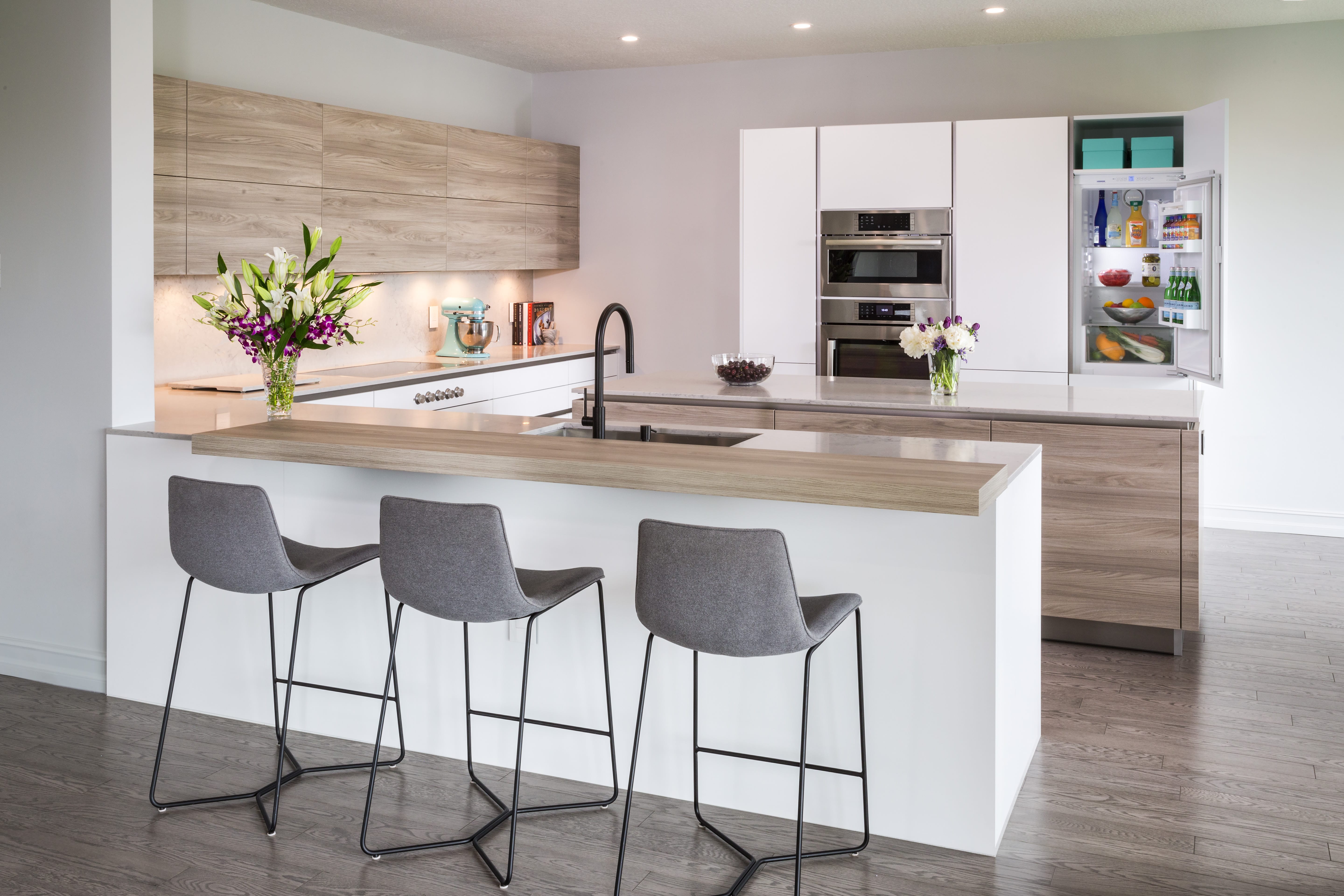 When it comes to designing your kitchen, it's important to prioritize efficiency and functionality. By working with a professional designer, you can create a space that not only looks beautiful, but also makes your daily tasks easier and adds value to your home. So don't underestimate the importance of kitchen design, and consider investing in professional help to create a kitchen that truly meets your needs and reflects your personal style.
When it comes to designing your kitchen, it's important to prioritize efficiency and functionality. By working with a professional designer, you can create a space that not only looks beautiful, but also makes your daily tasks easier and adds value to your home. So don't underestimate the importance of kitchen design, and consider investing in professional help to create a kitchen that truly meets your needs and reflects your personal style.



:max_bytes(150000):strip_icc()/helfordln-35-58e07f2960b8494cbbe1d63b9e513f59.jpeg)


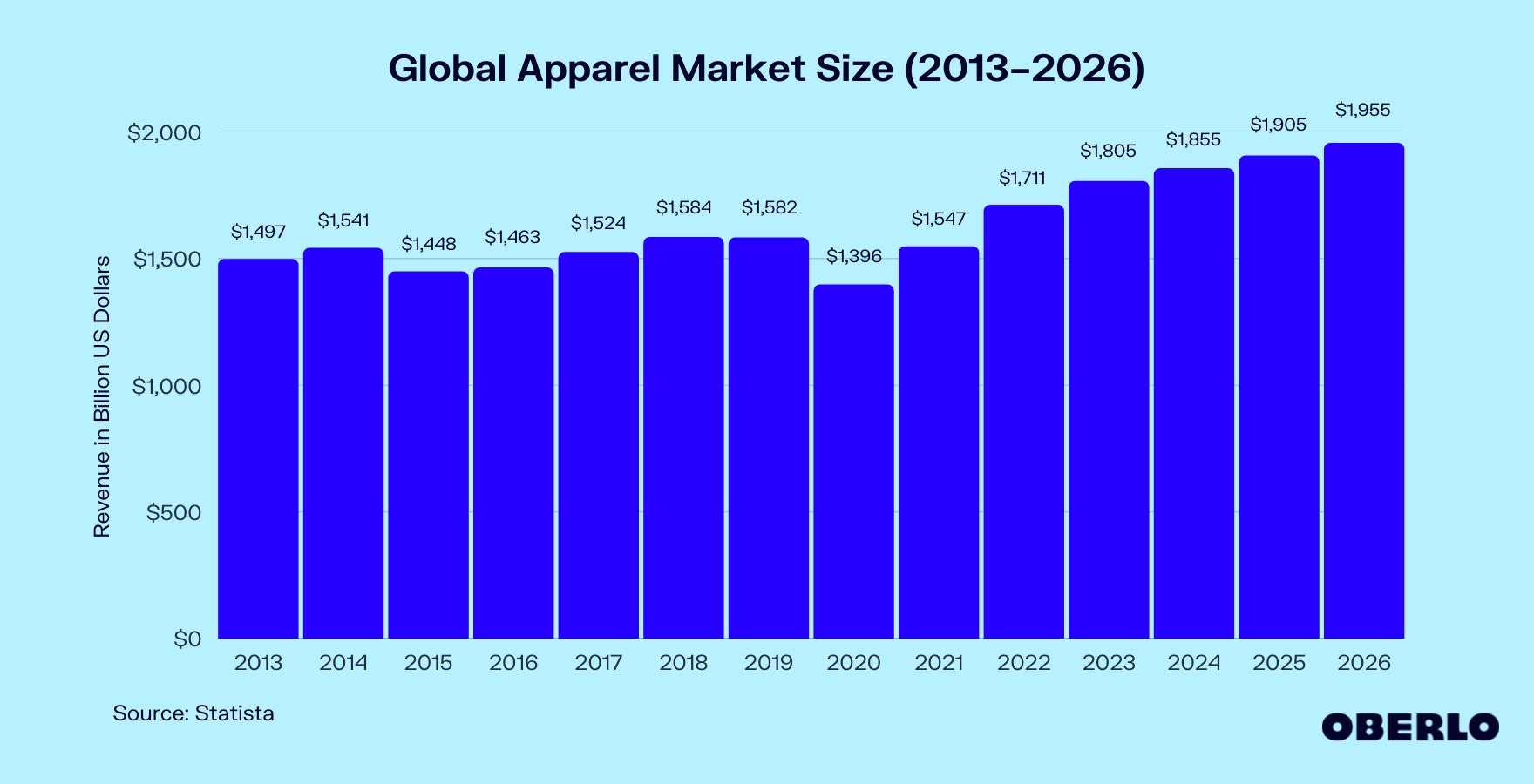



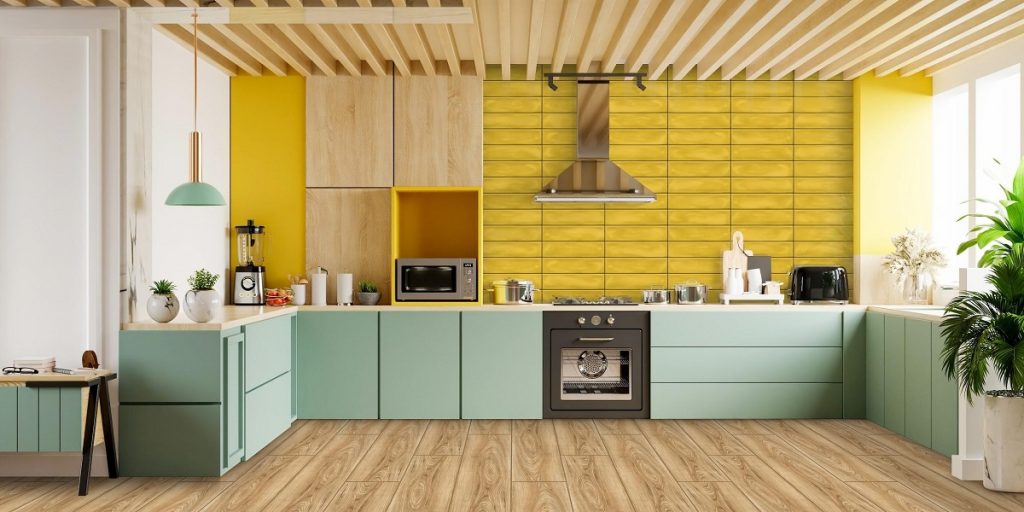
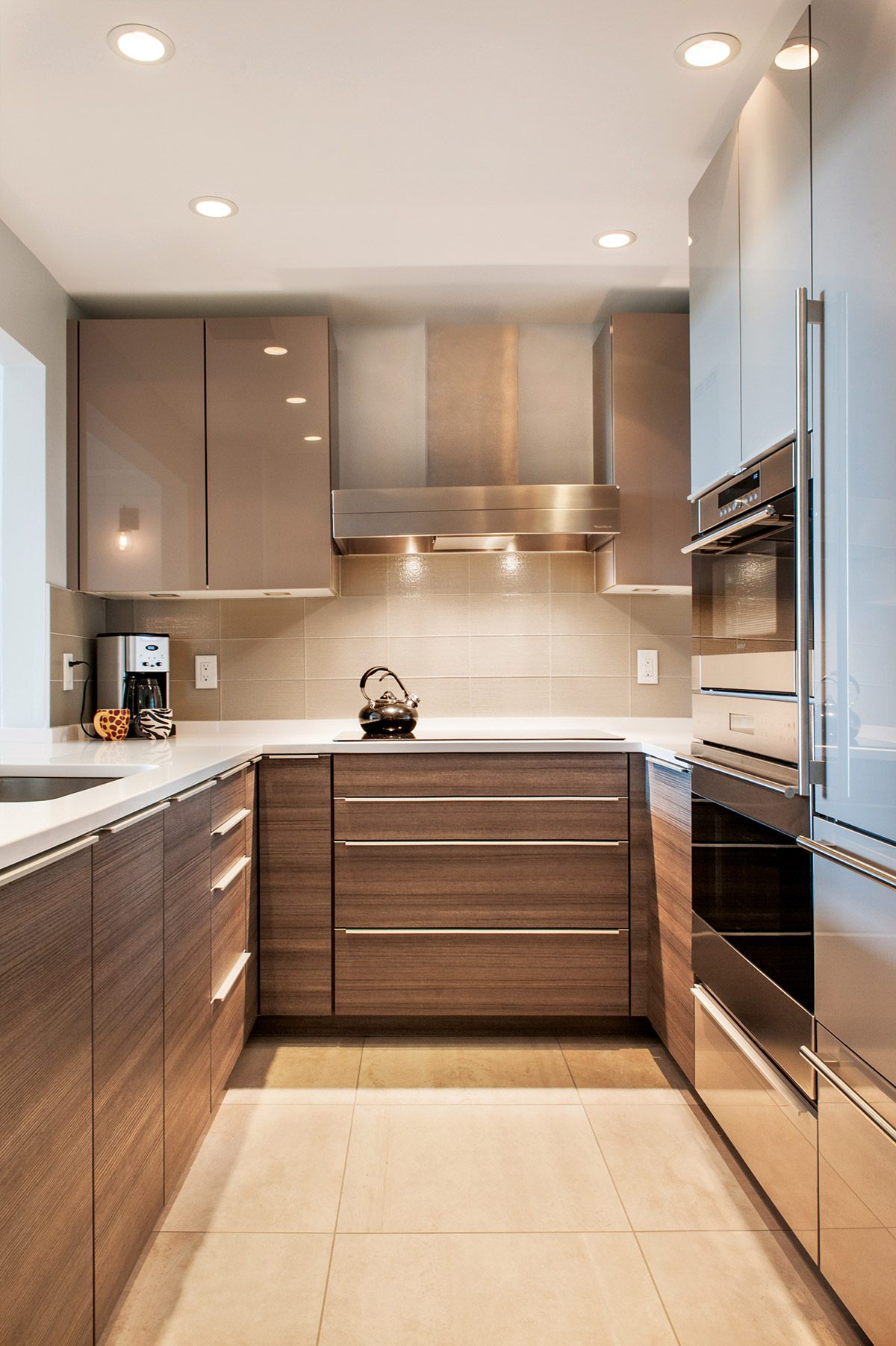

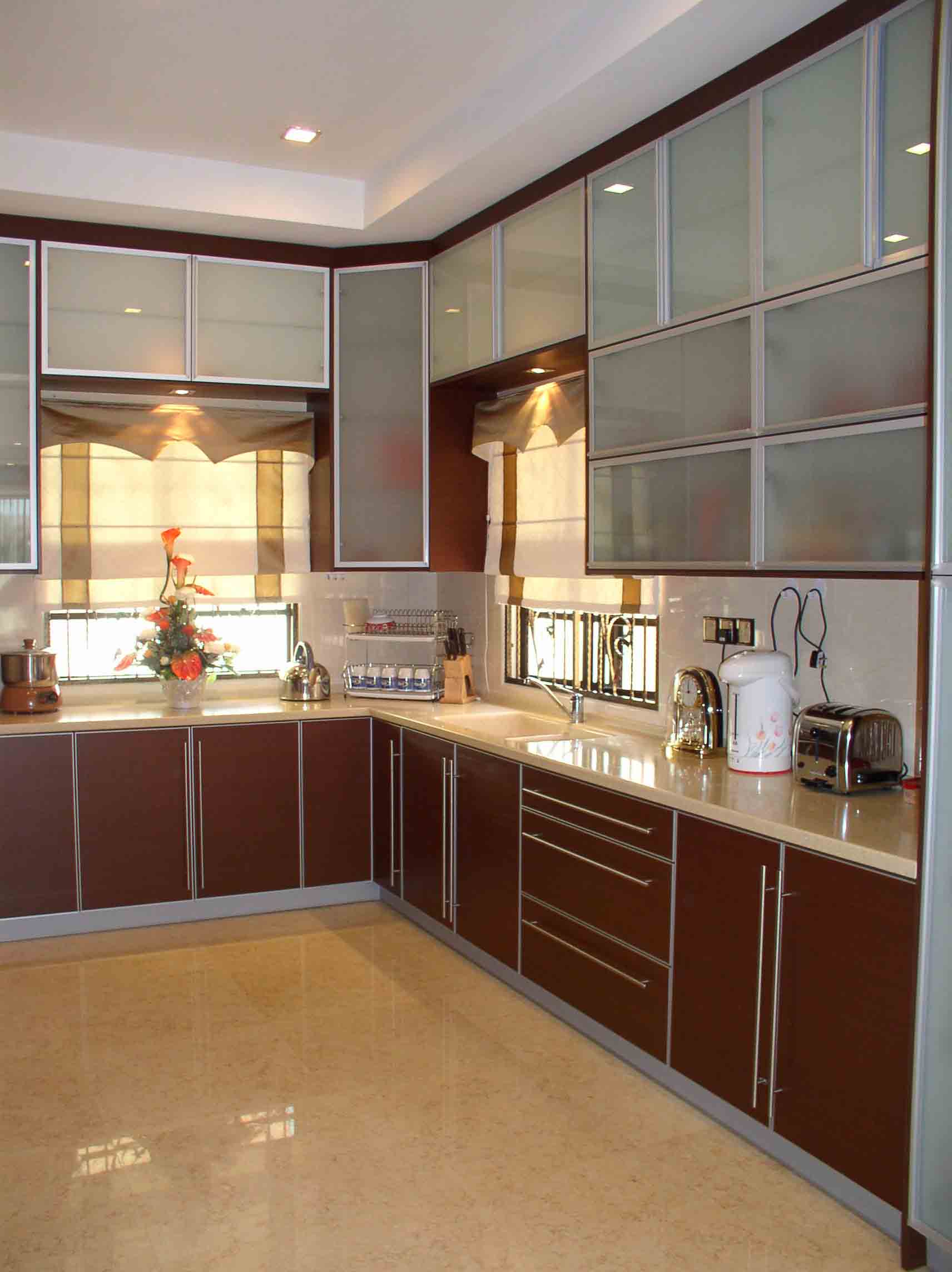


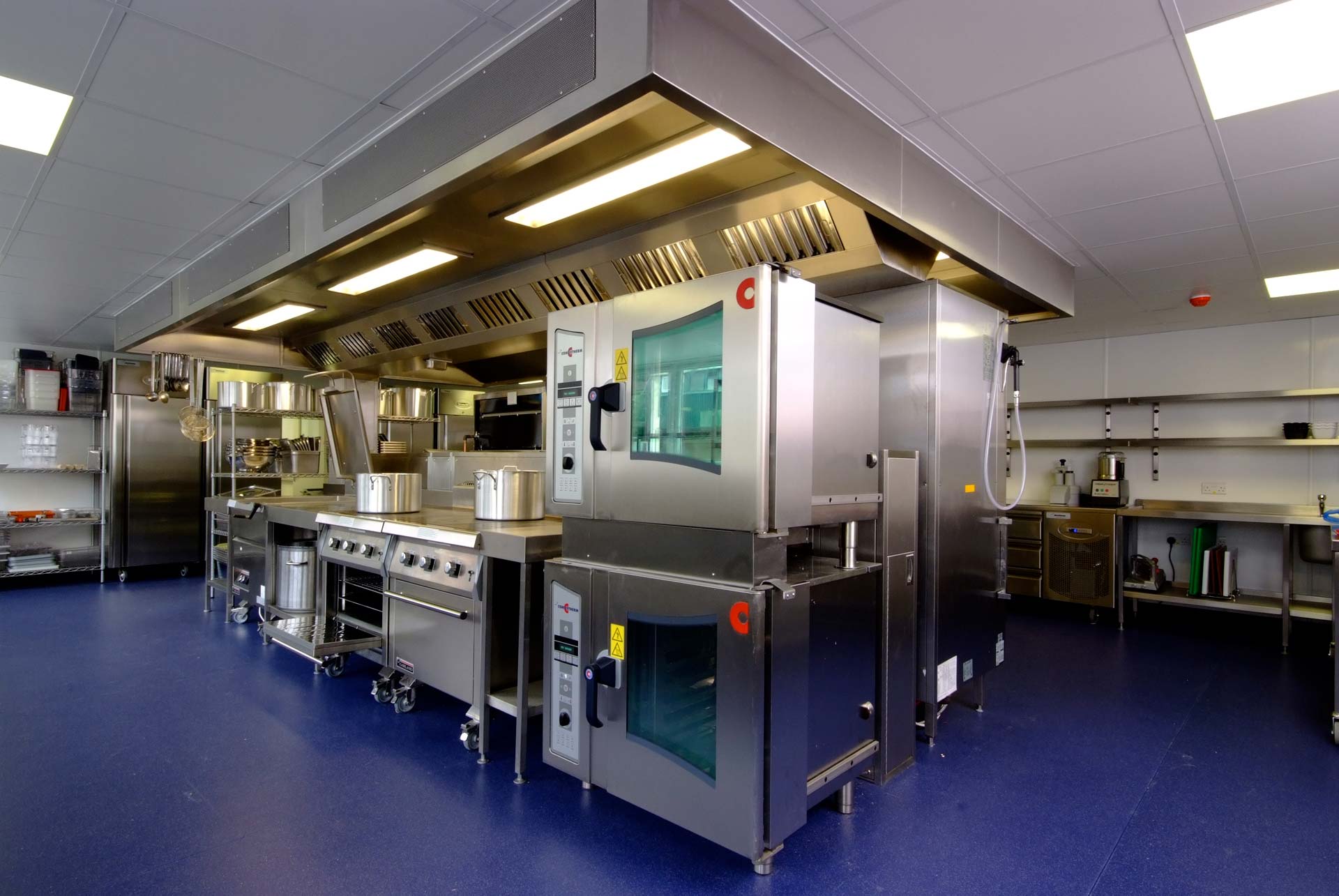


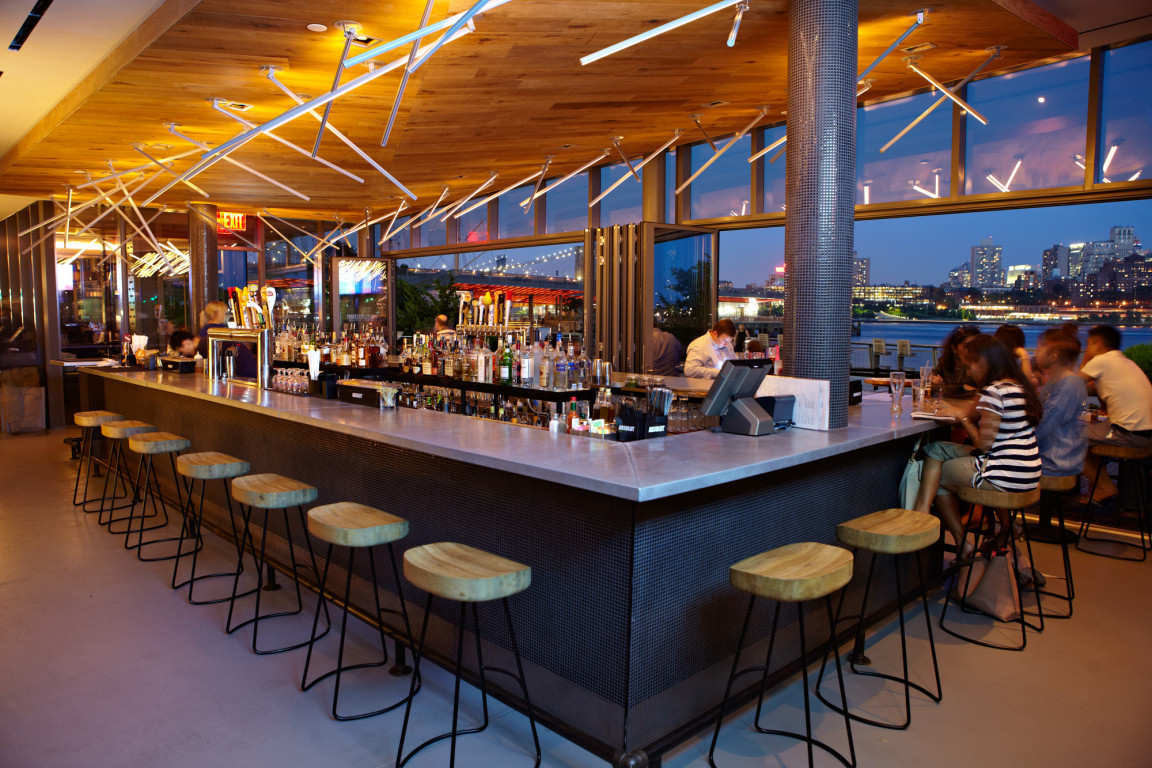



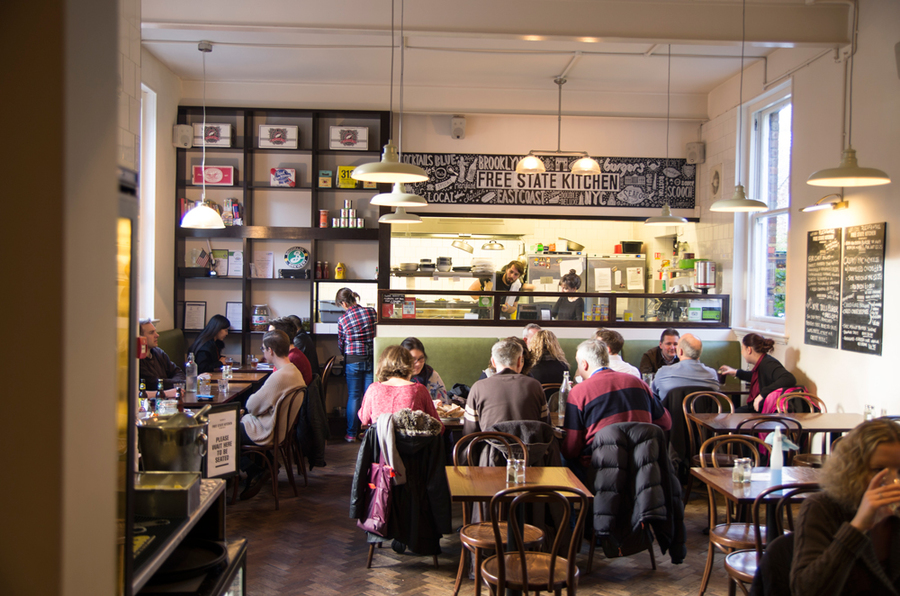

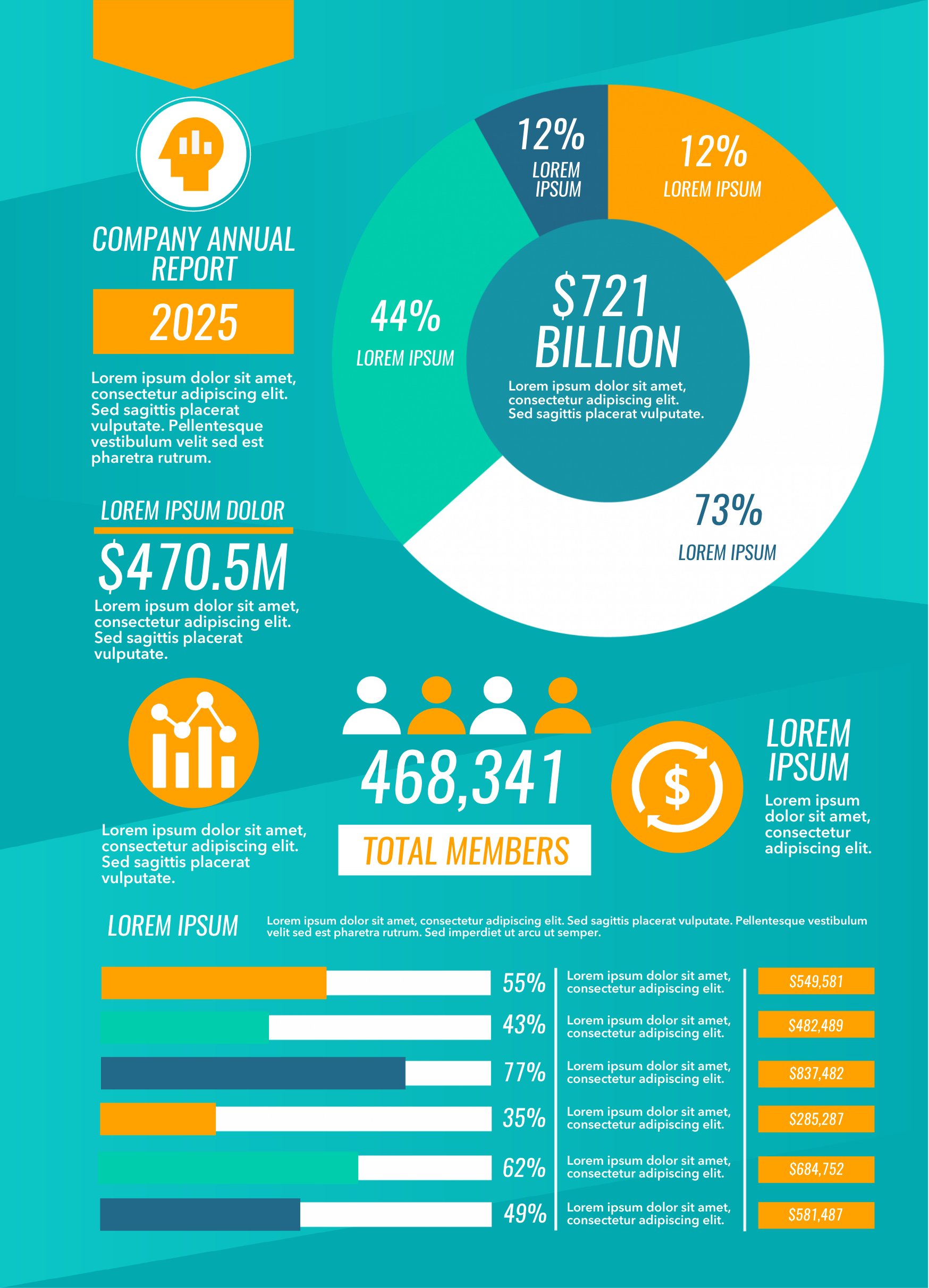


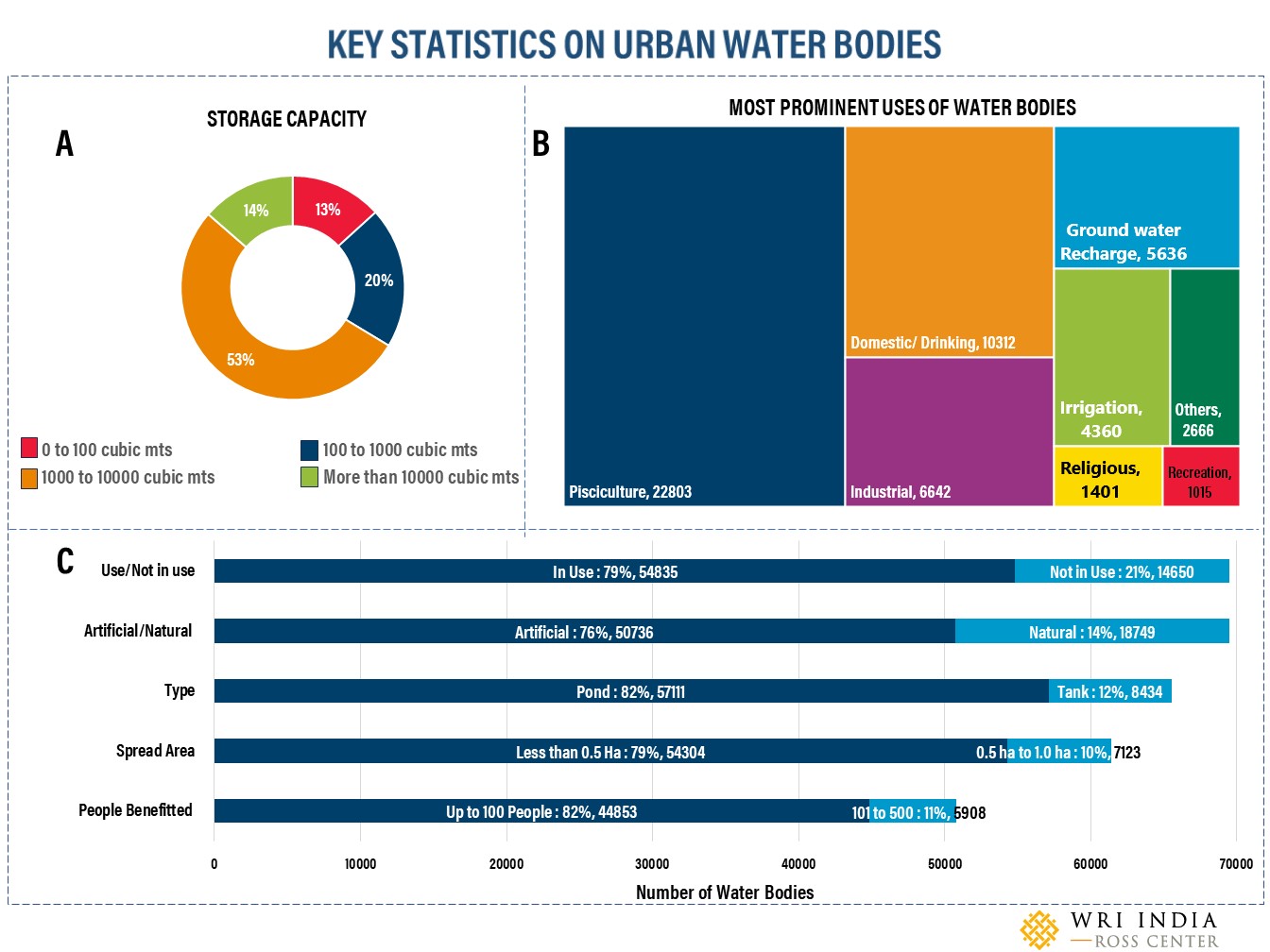
/172788935-56a49f413df78cf772834e90.jpg)
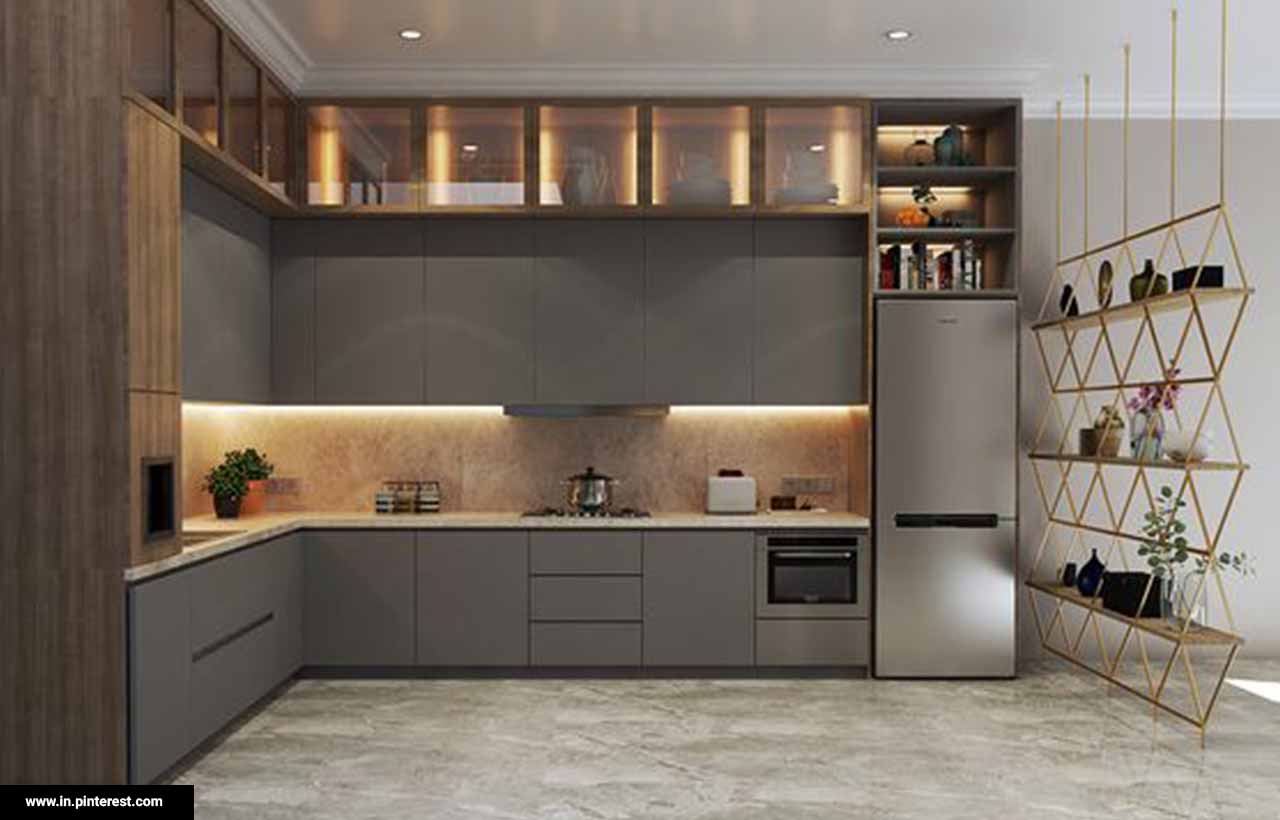

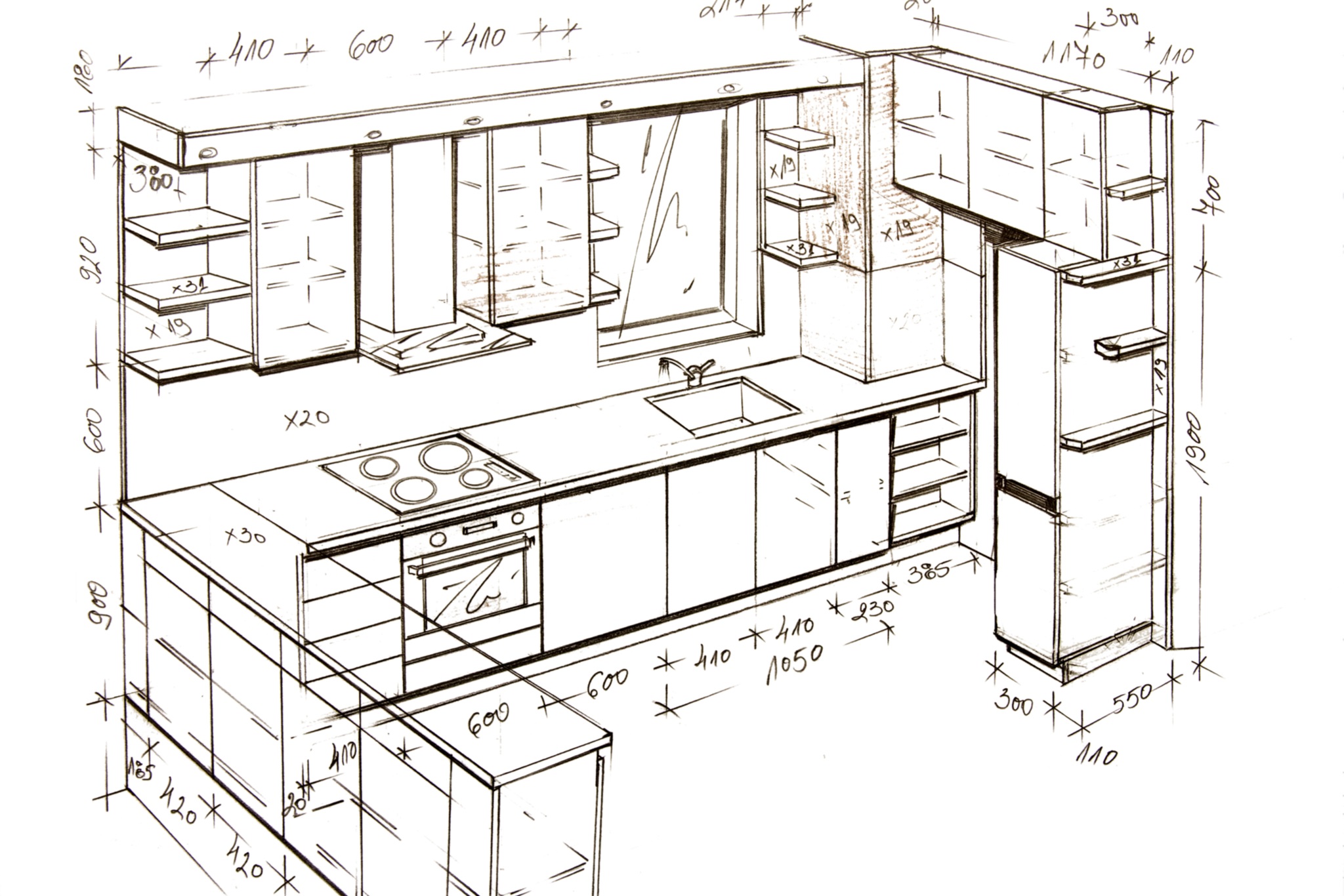


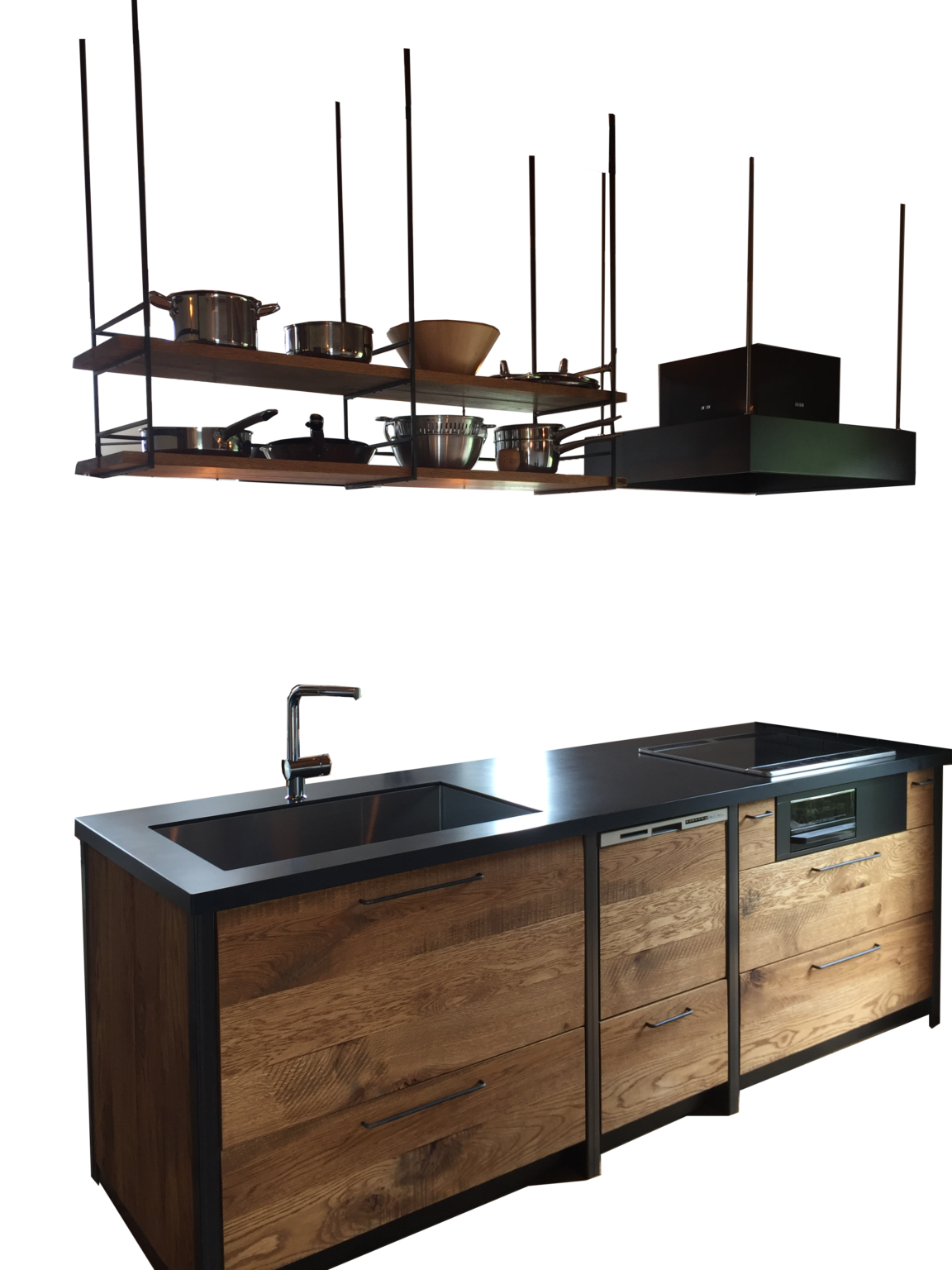



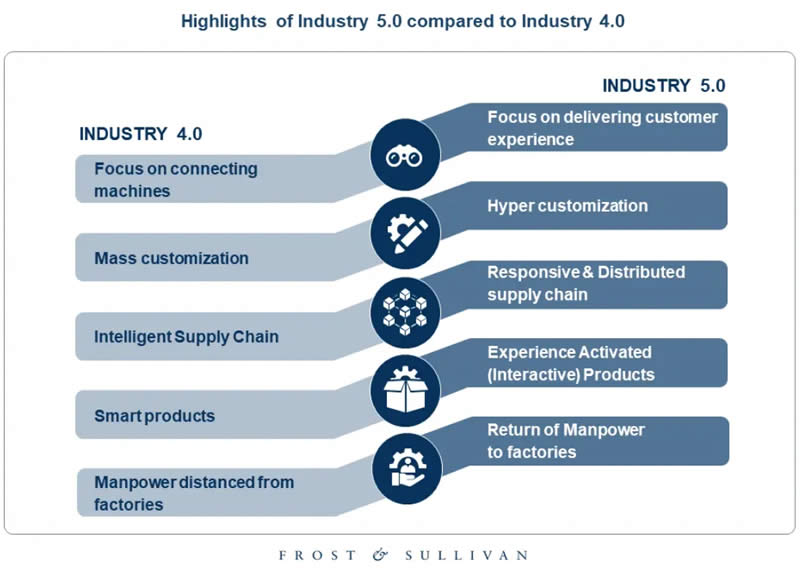






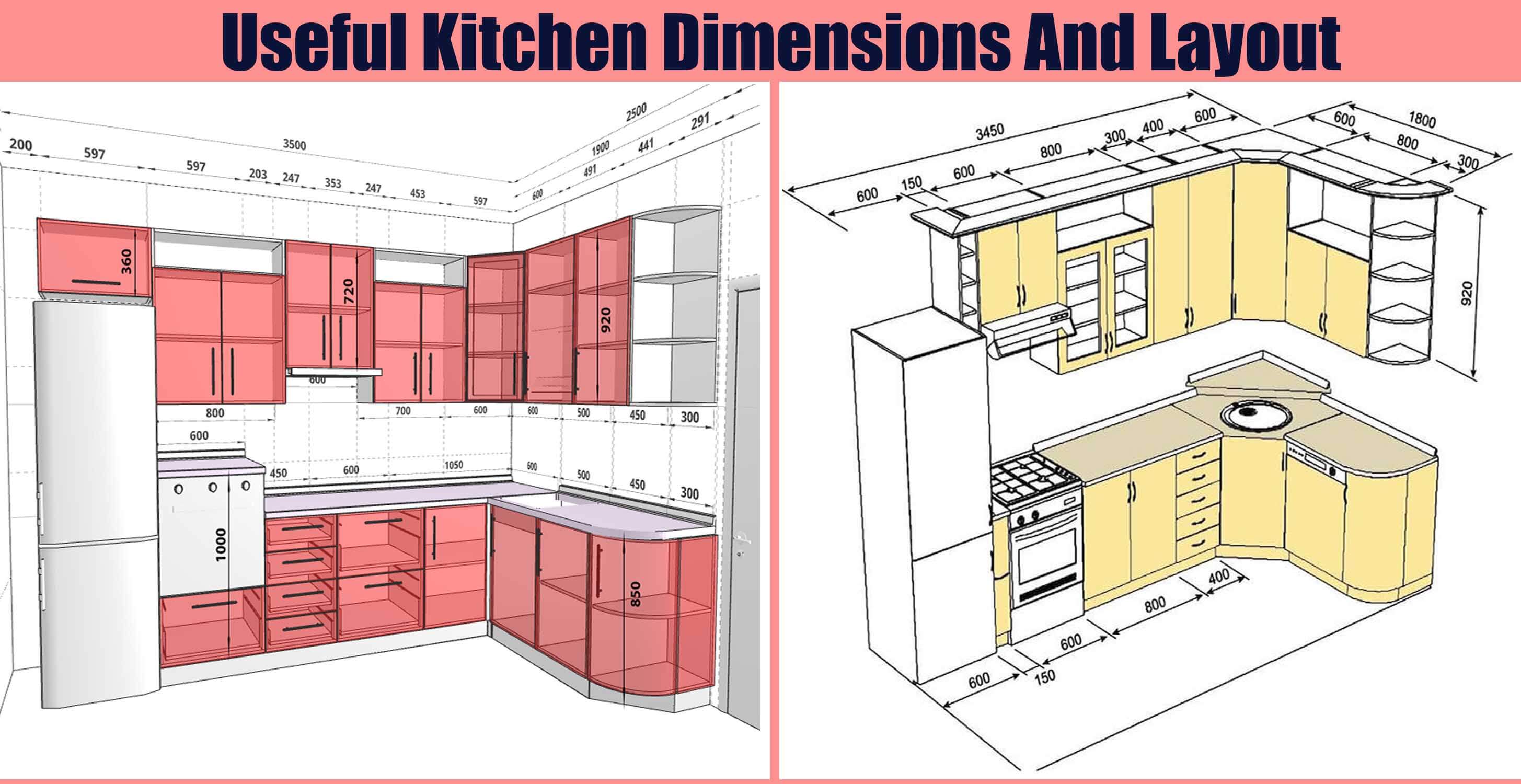



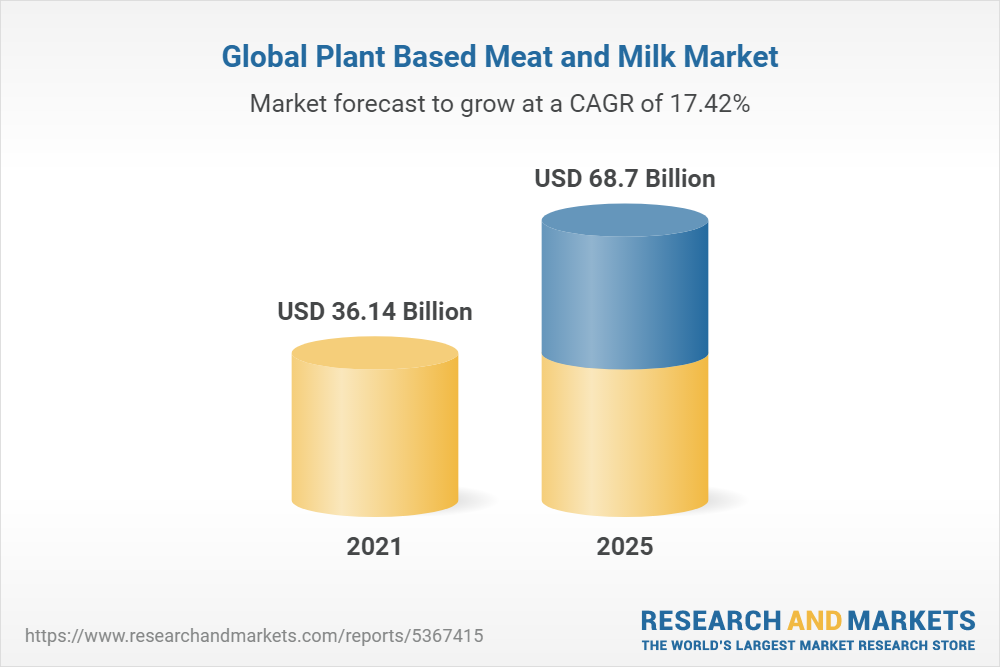






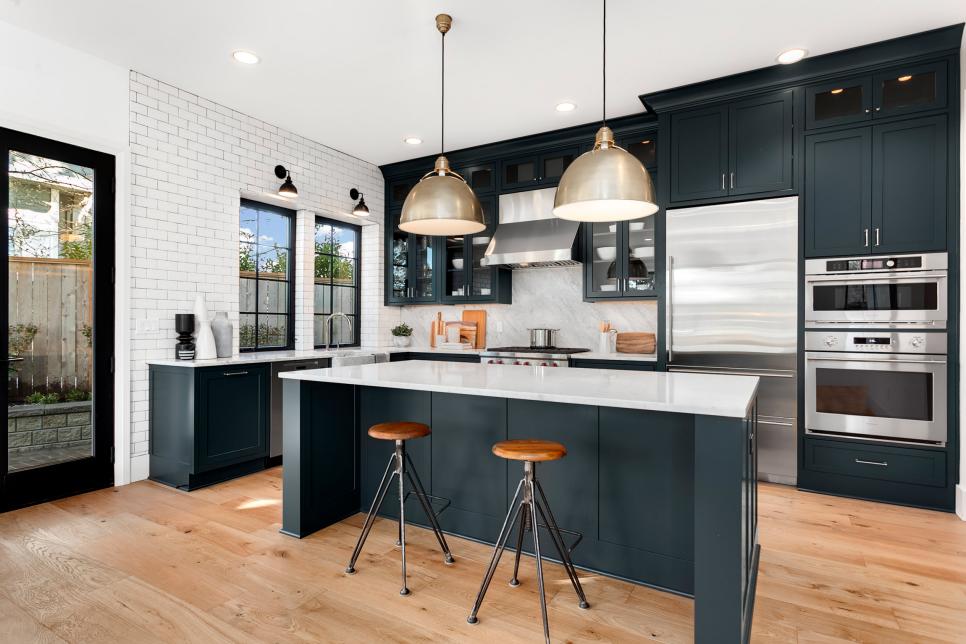

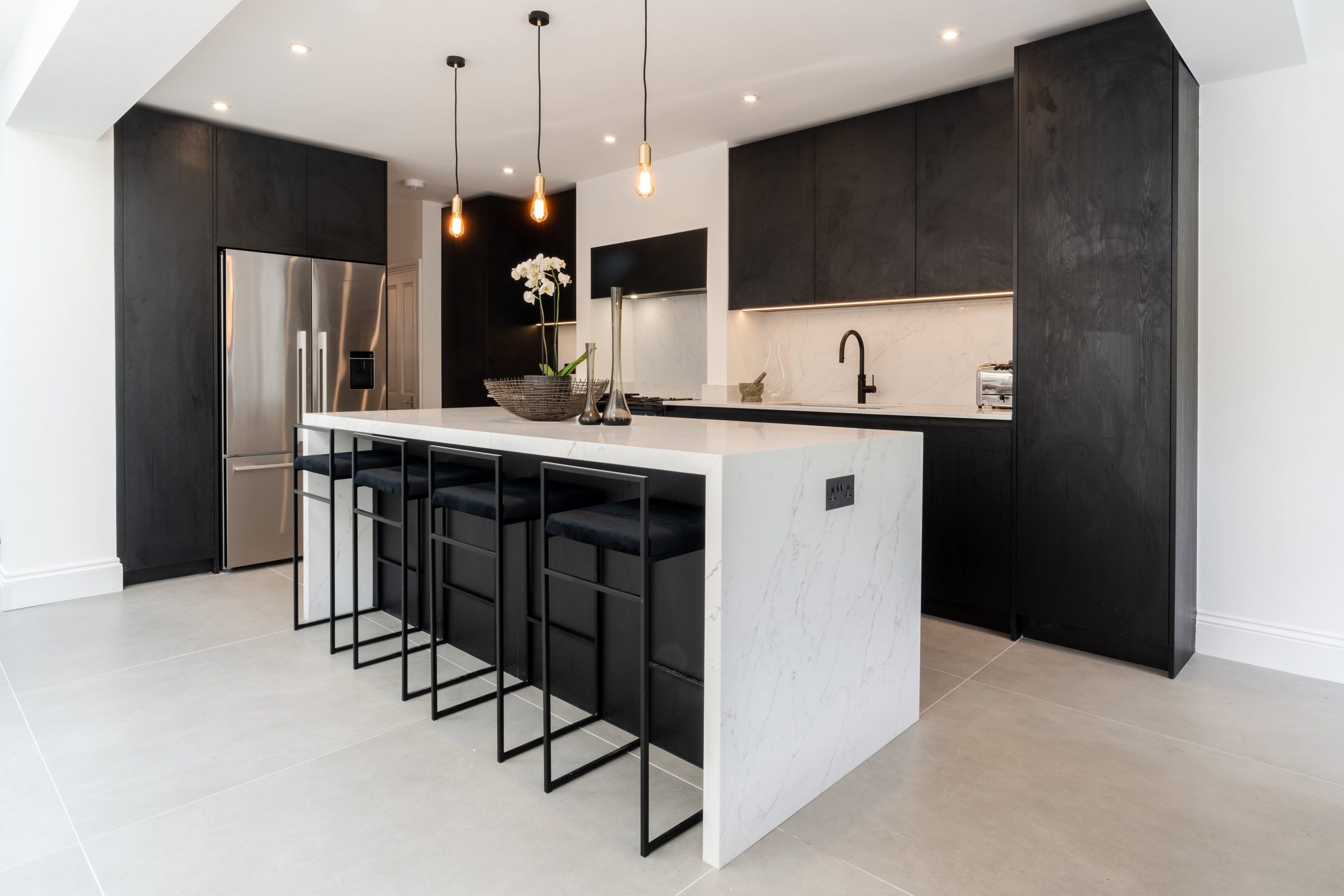
/AMI089-4600040ba9154b9ab835de0c79d1343a.jpg)

